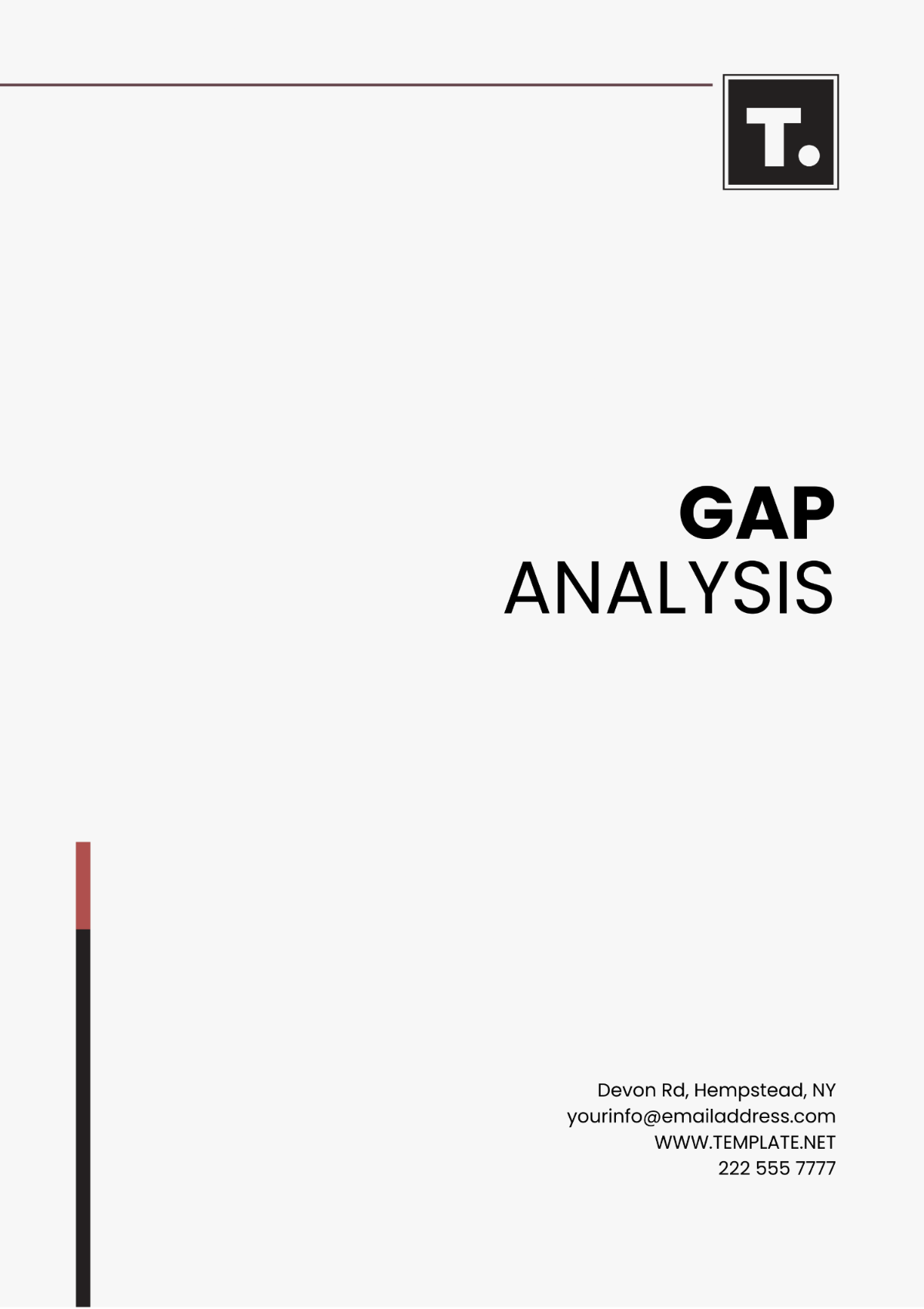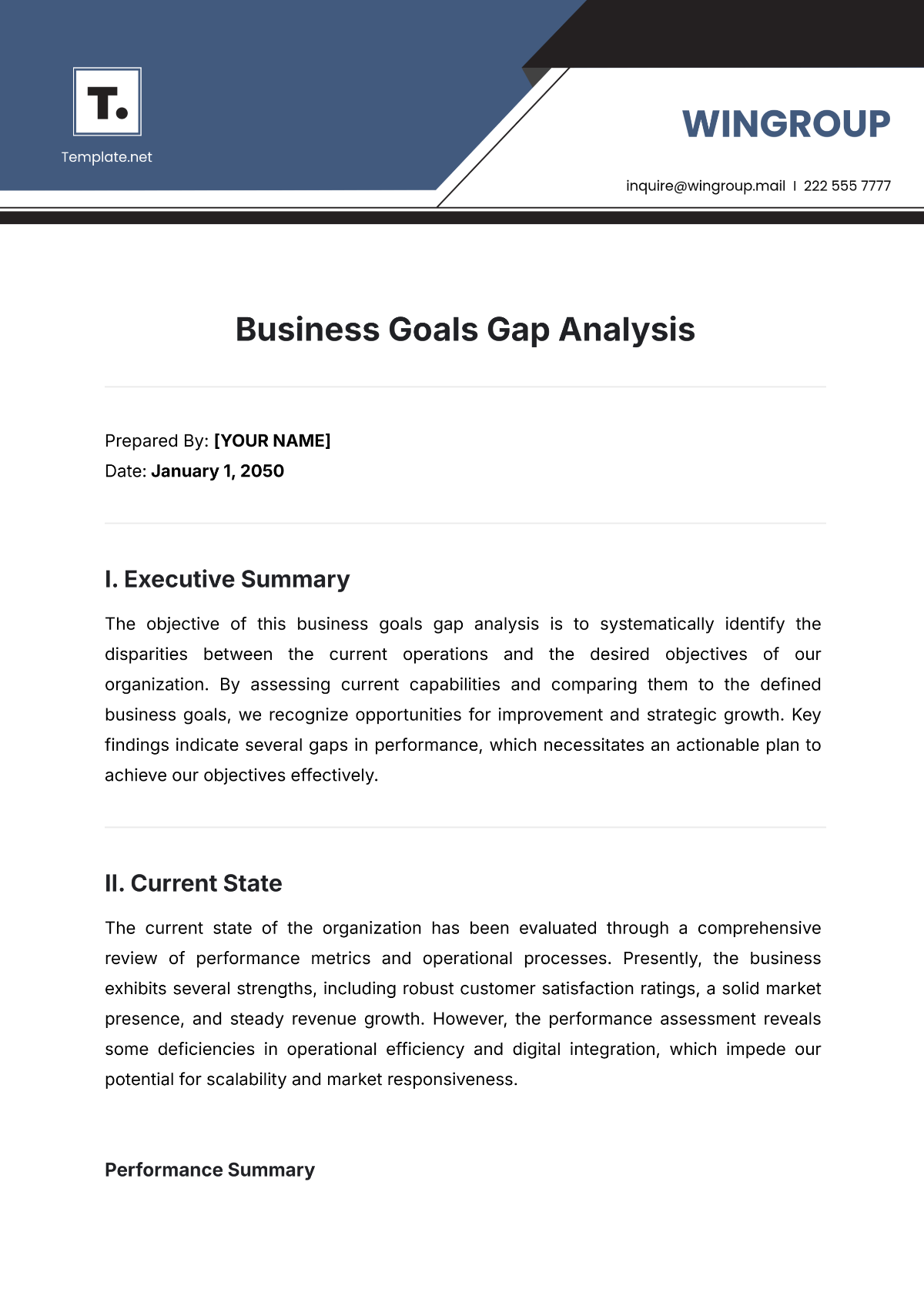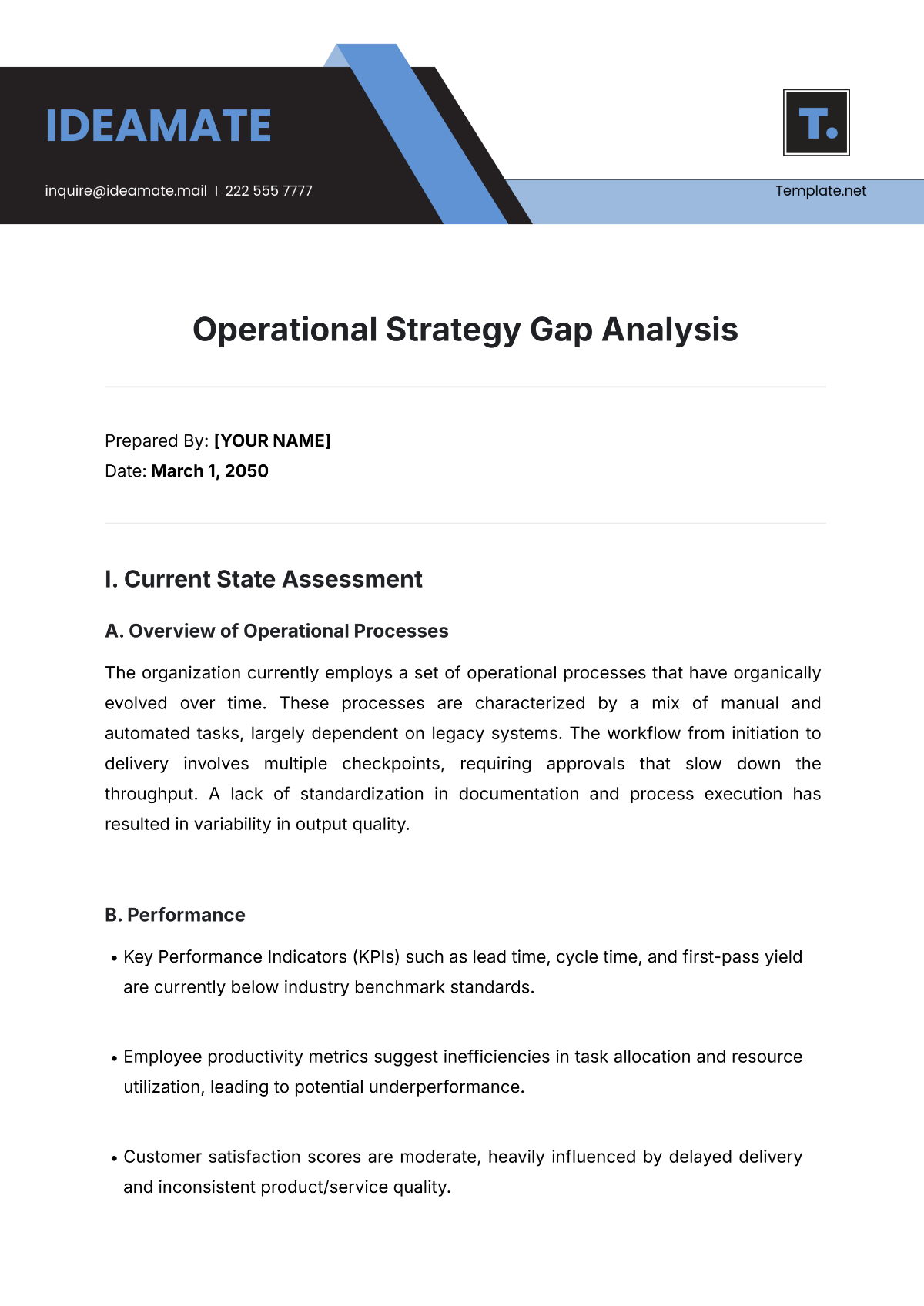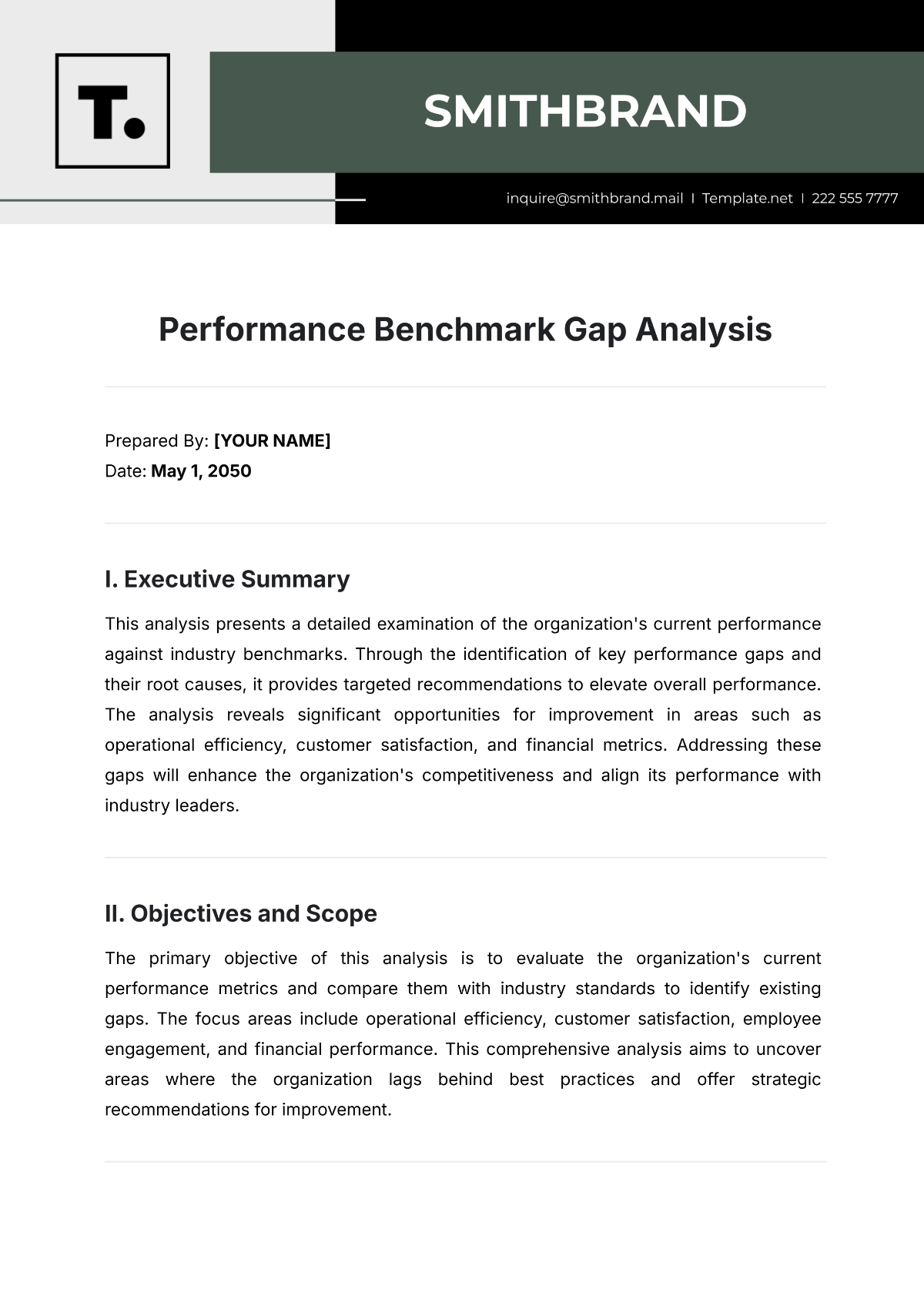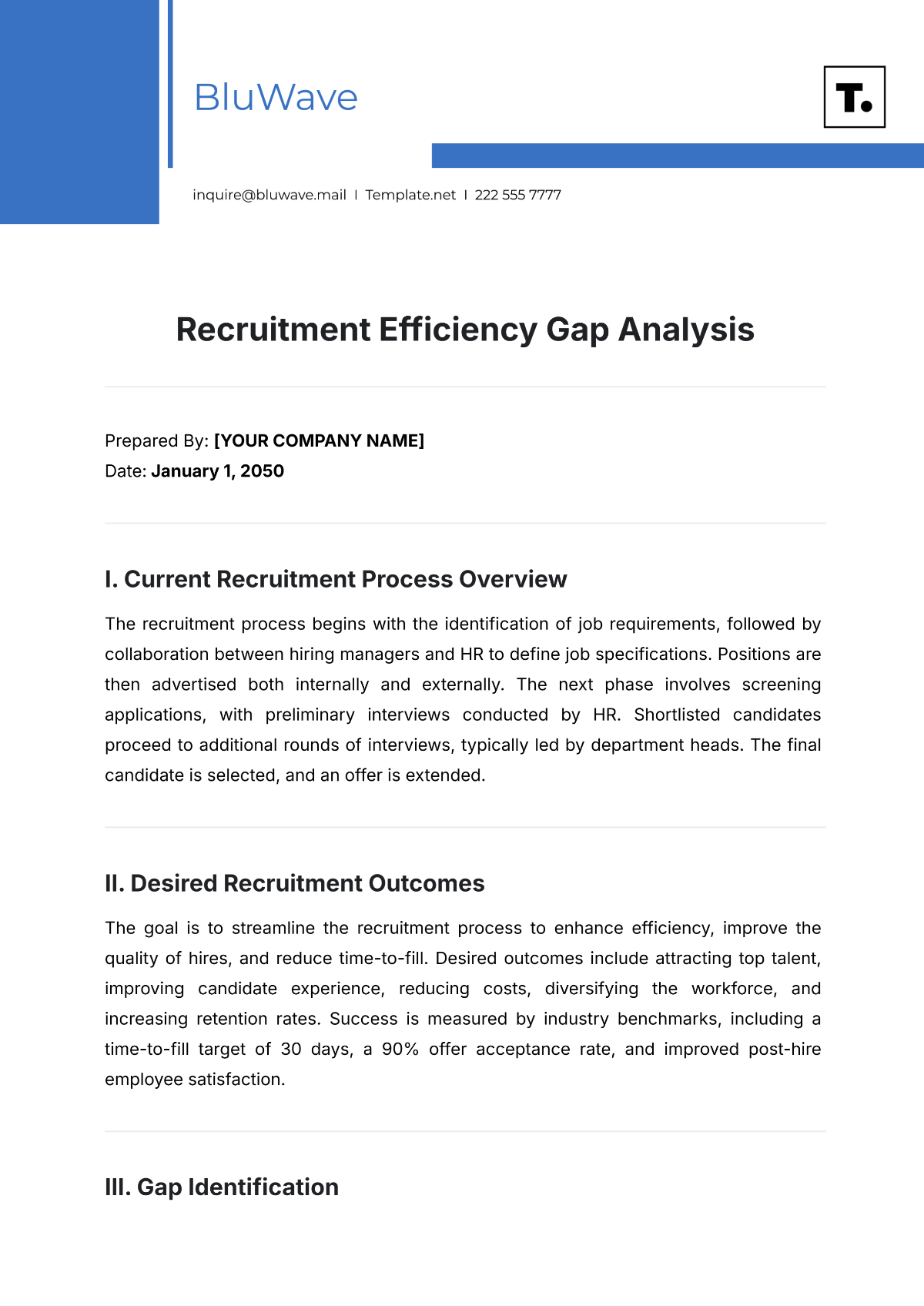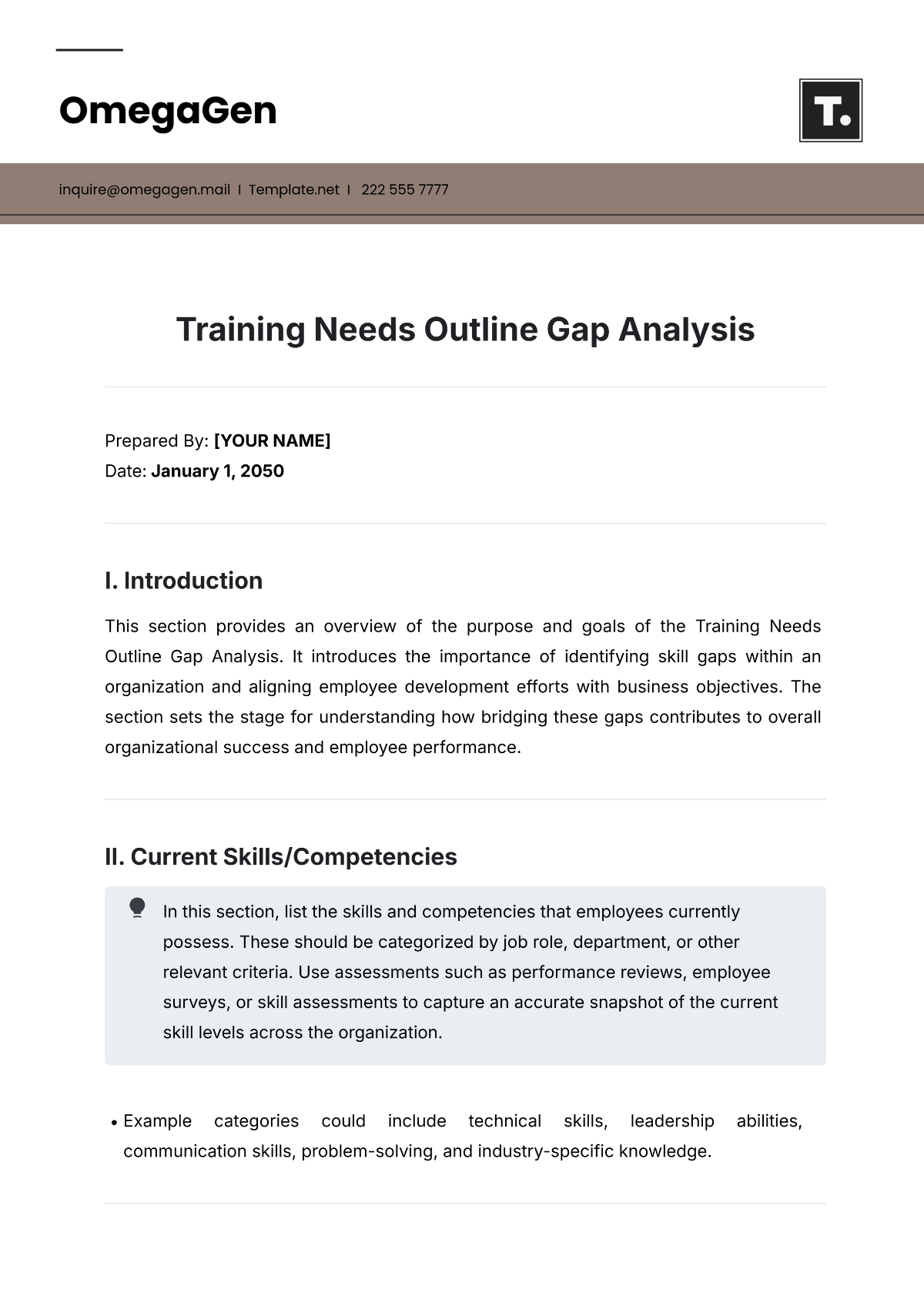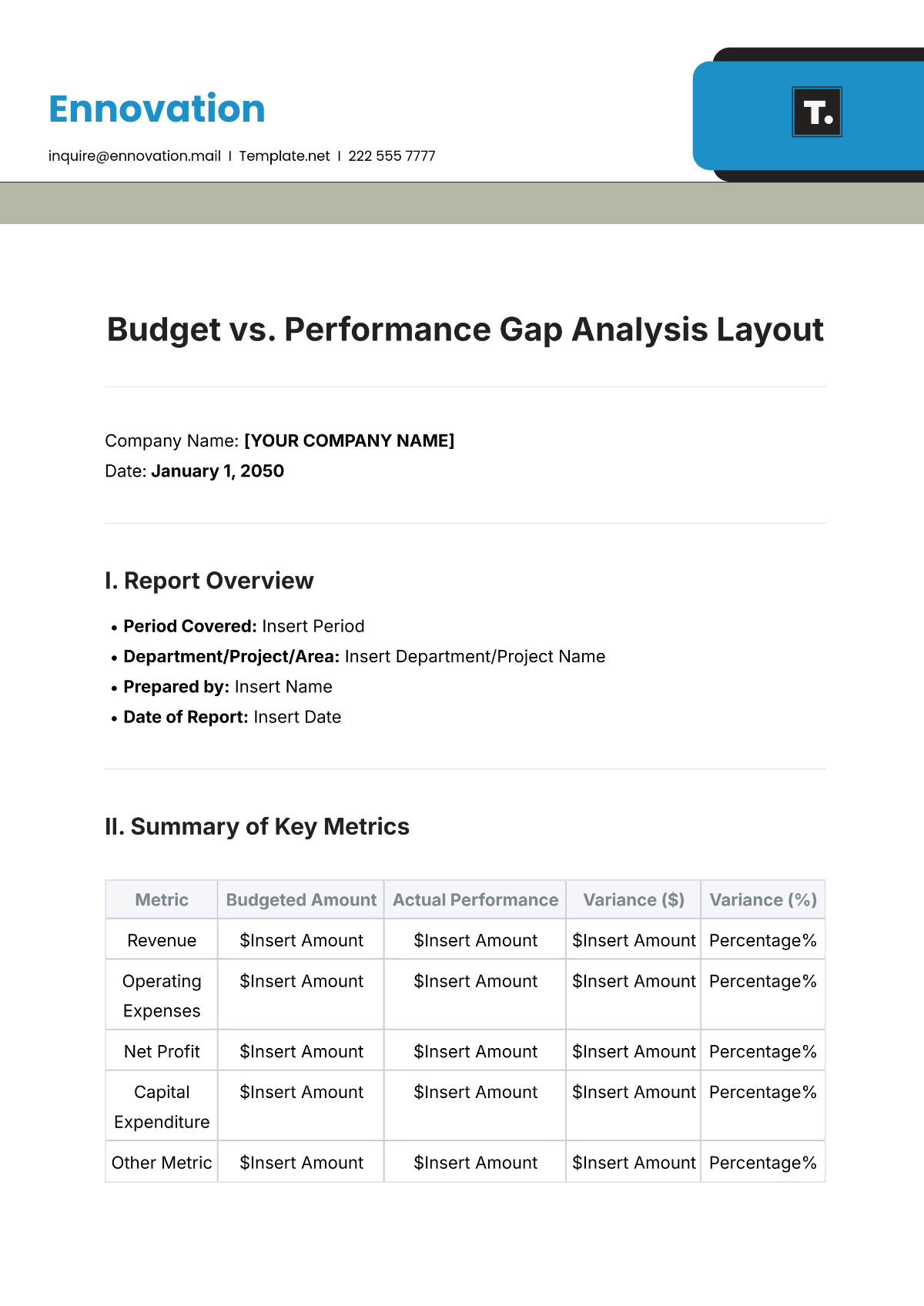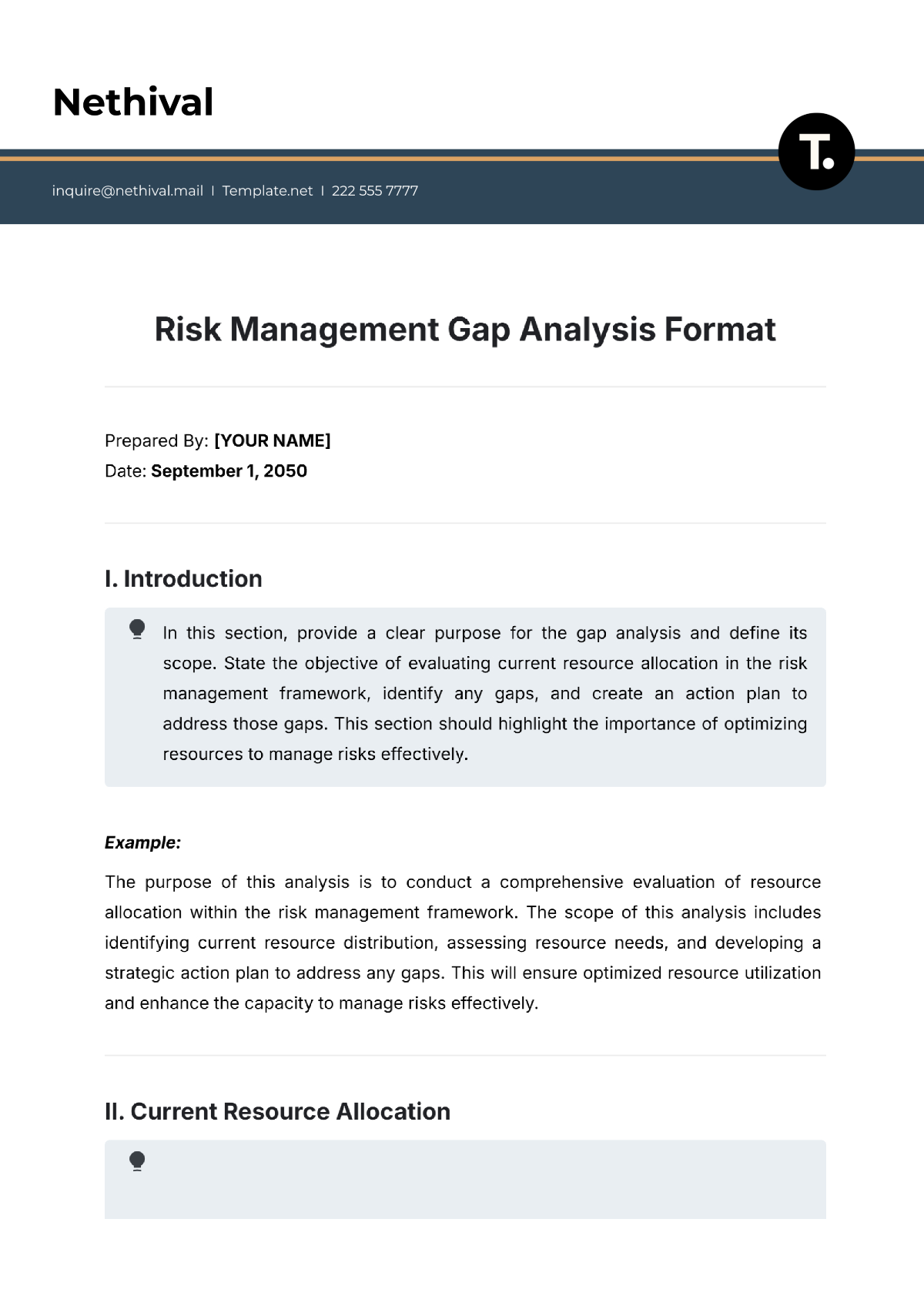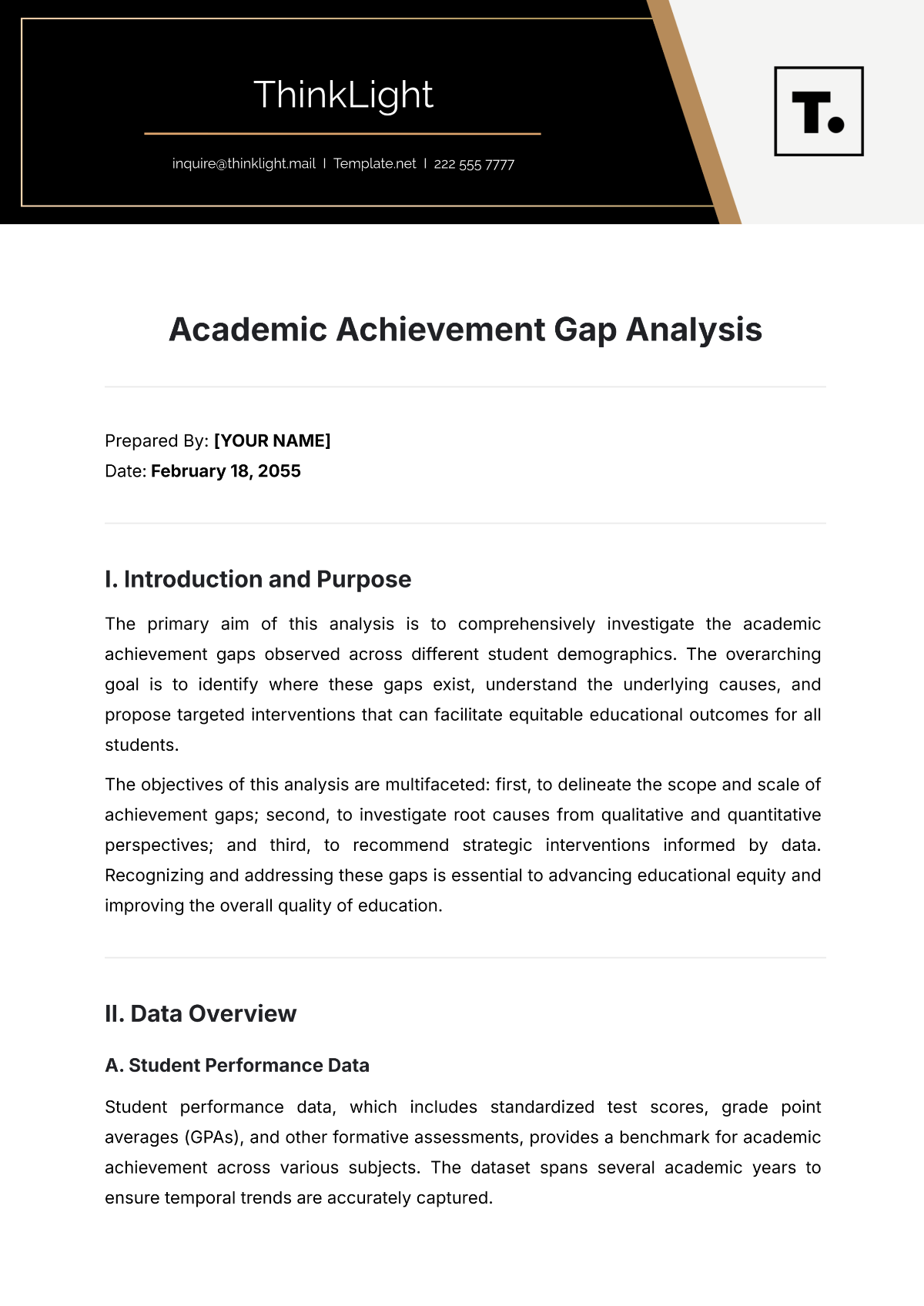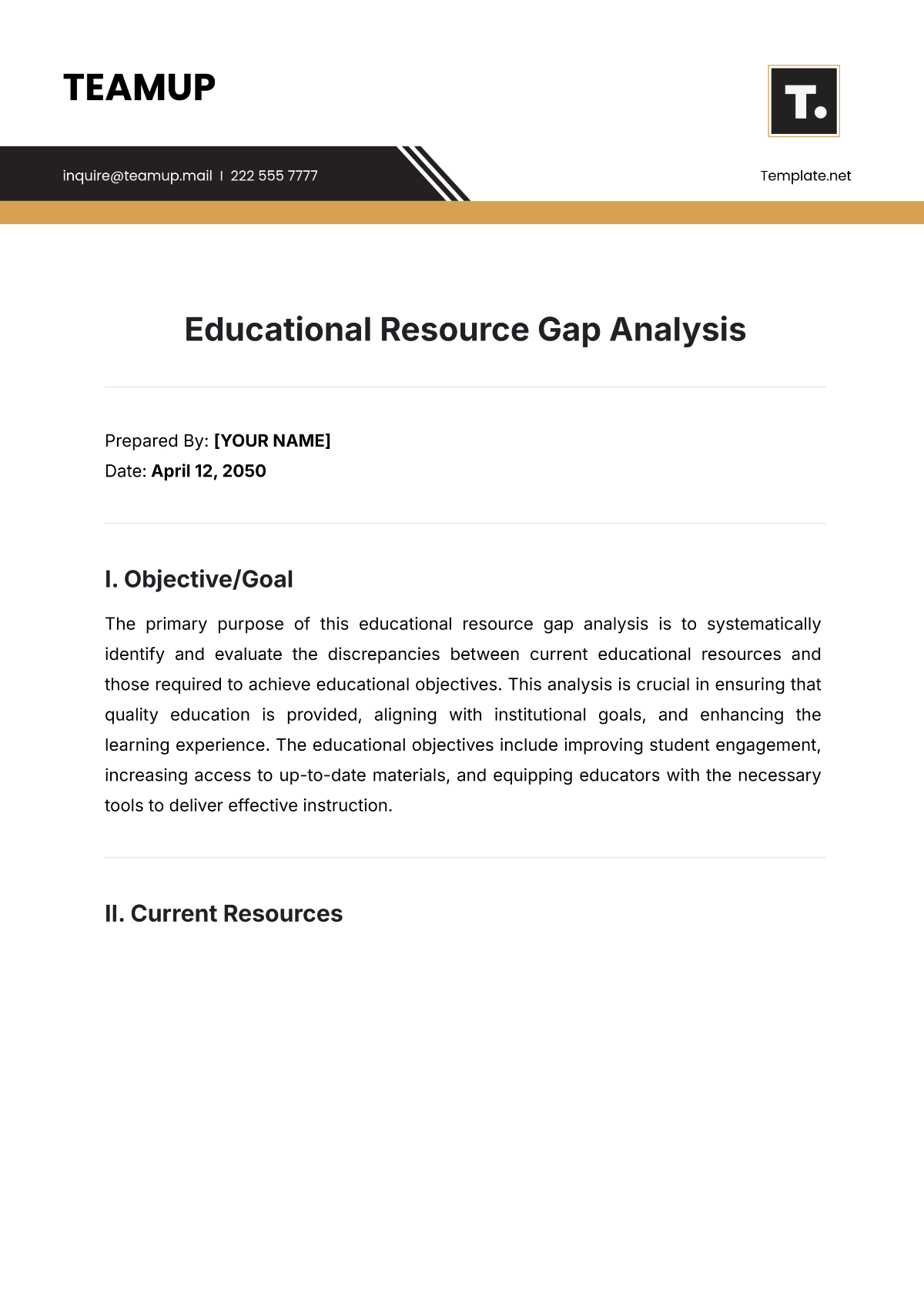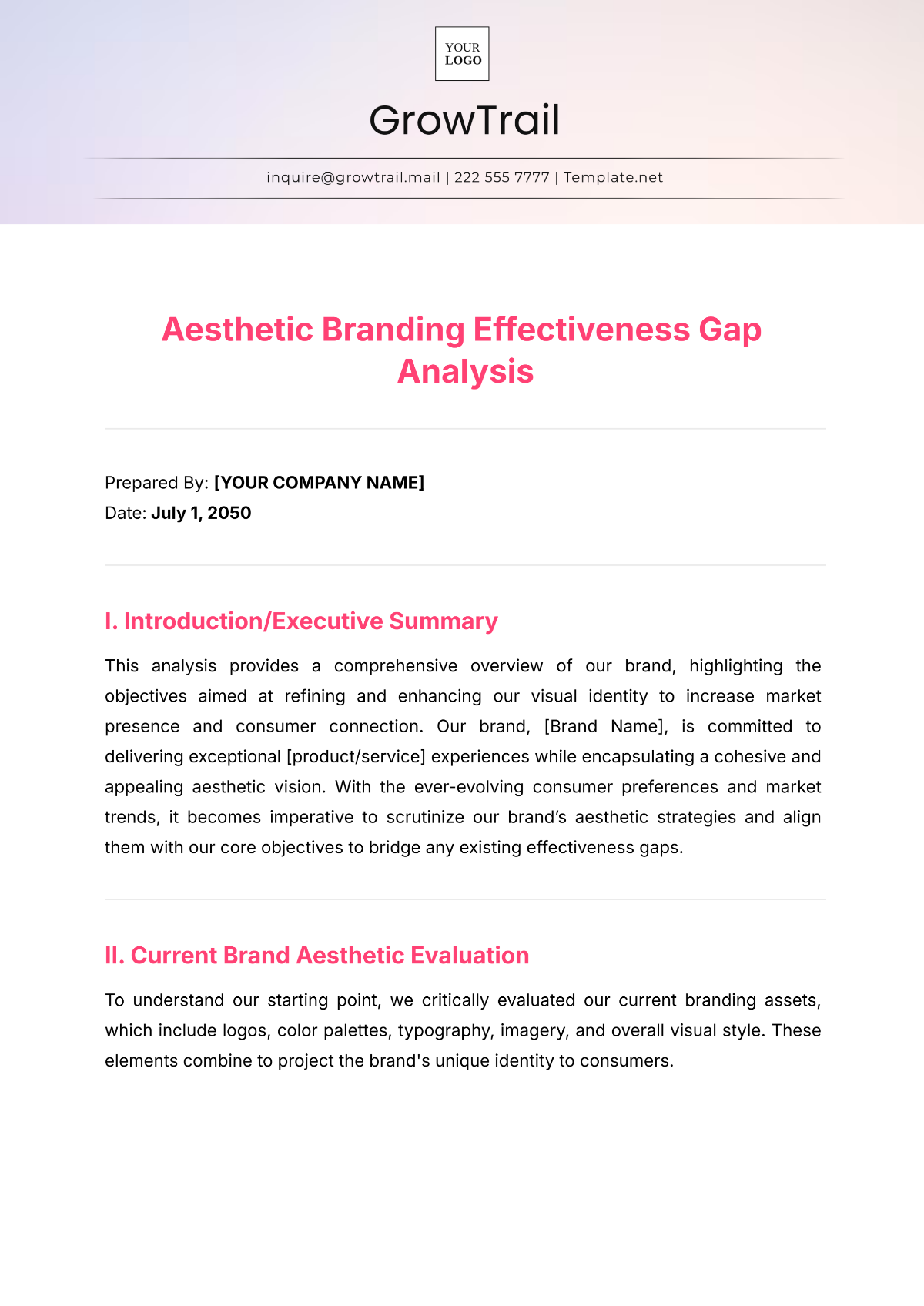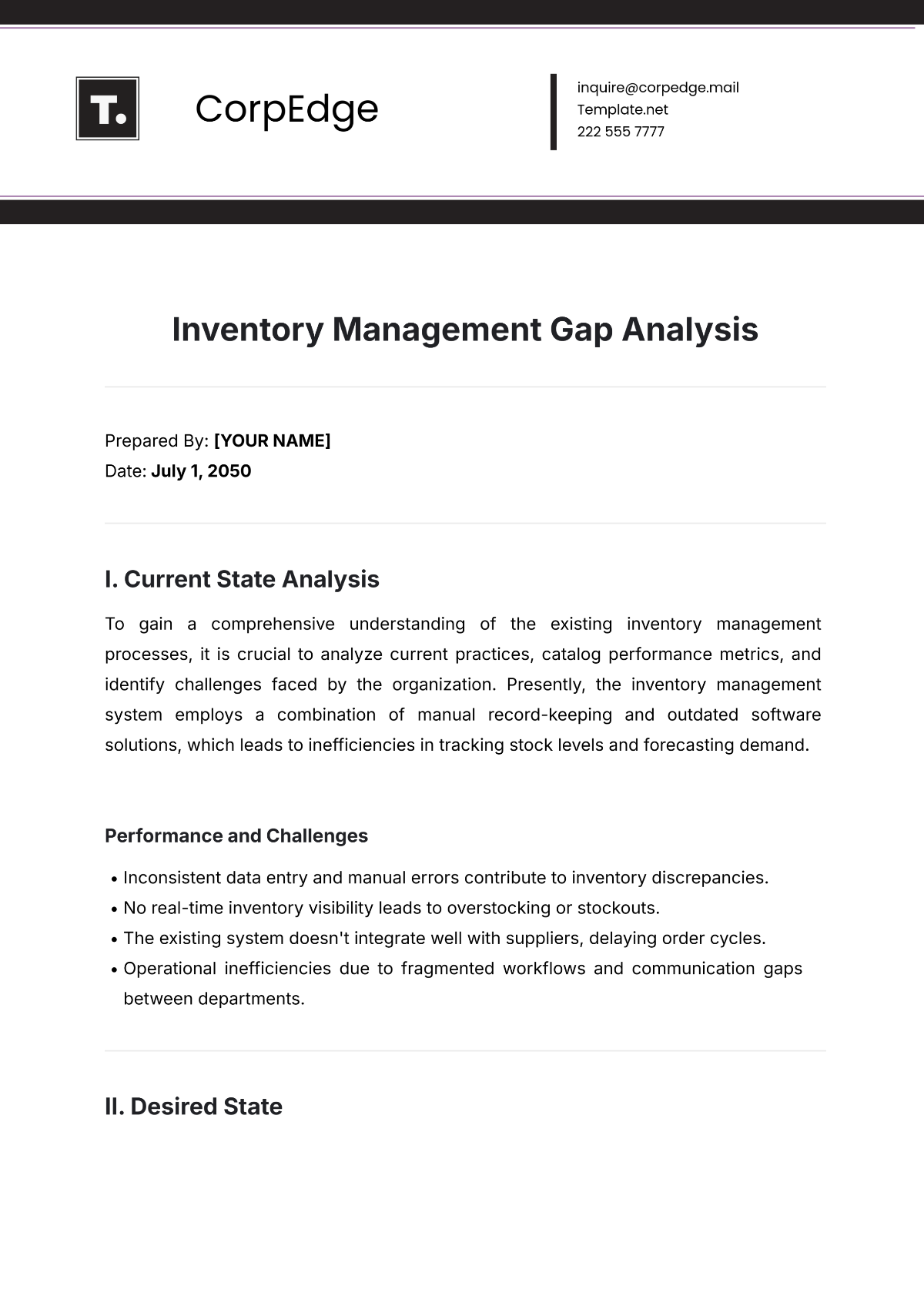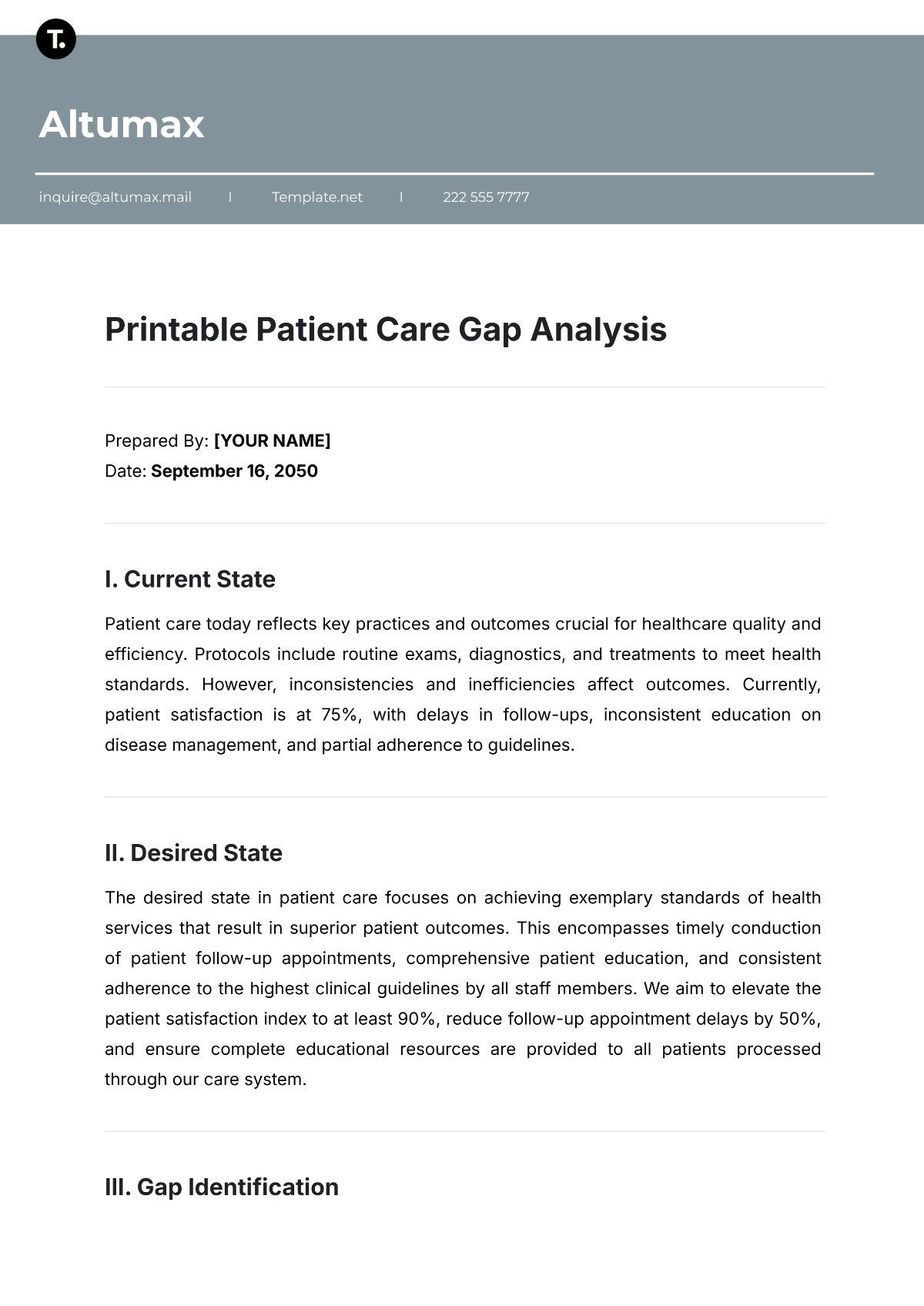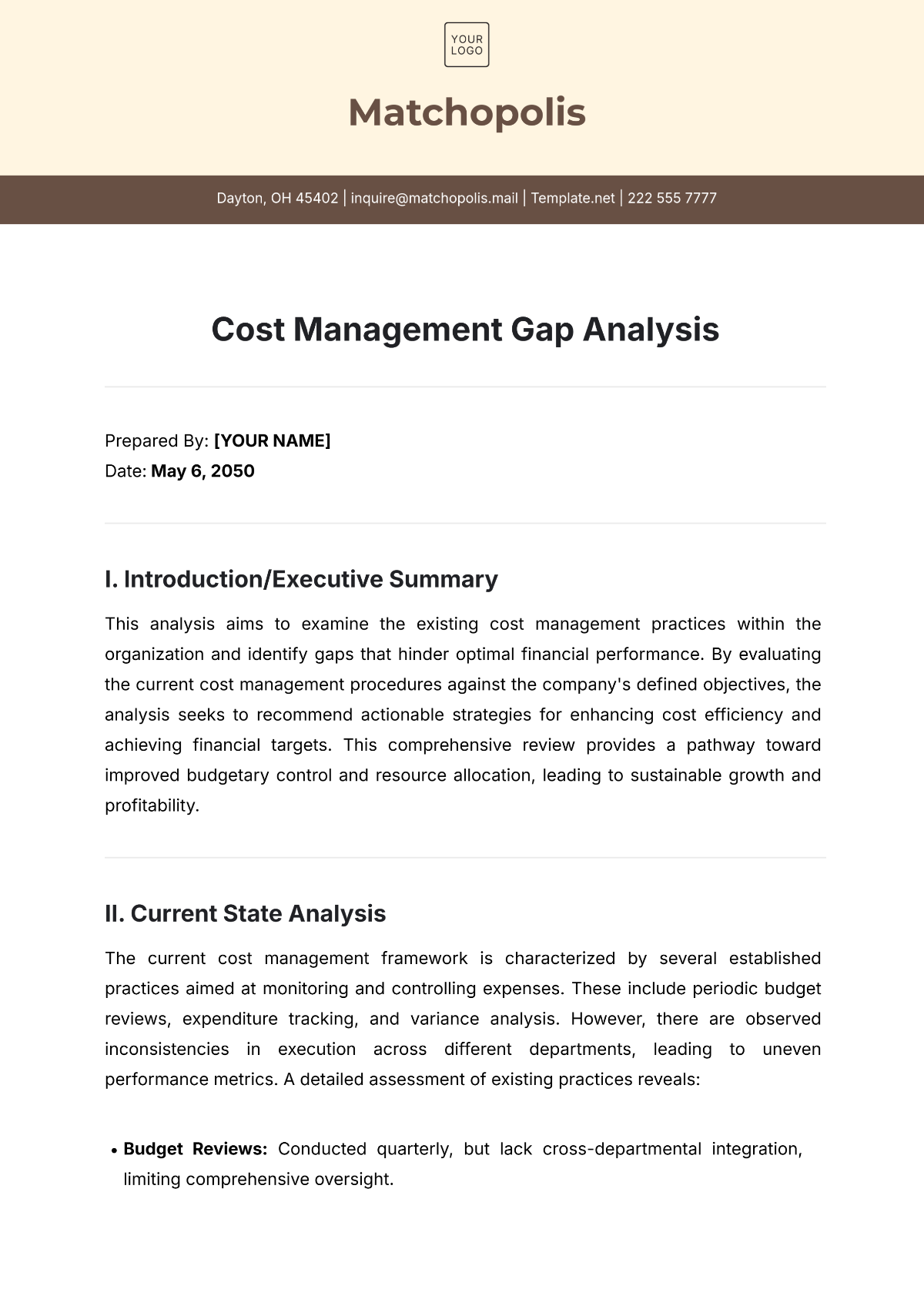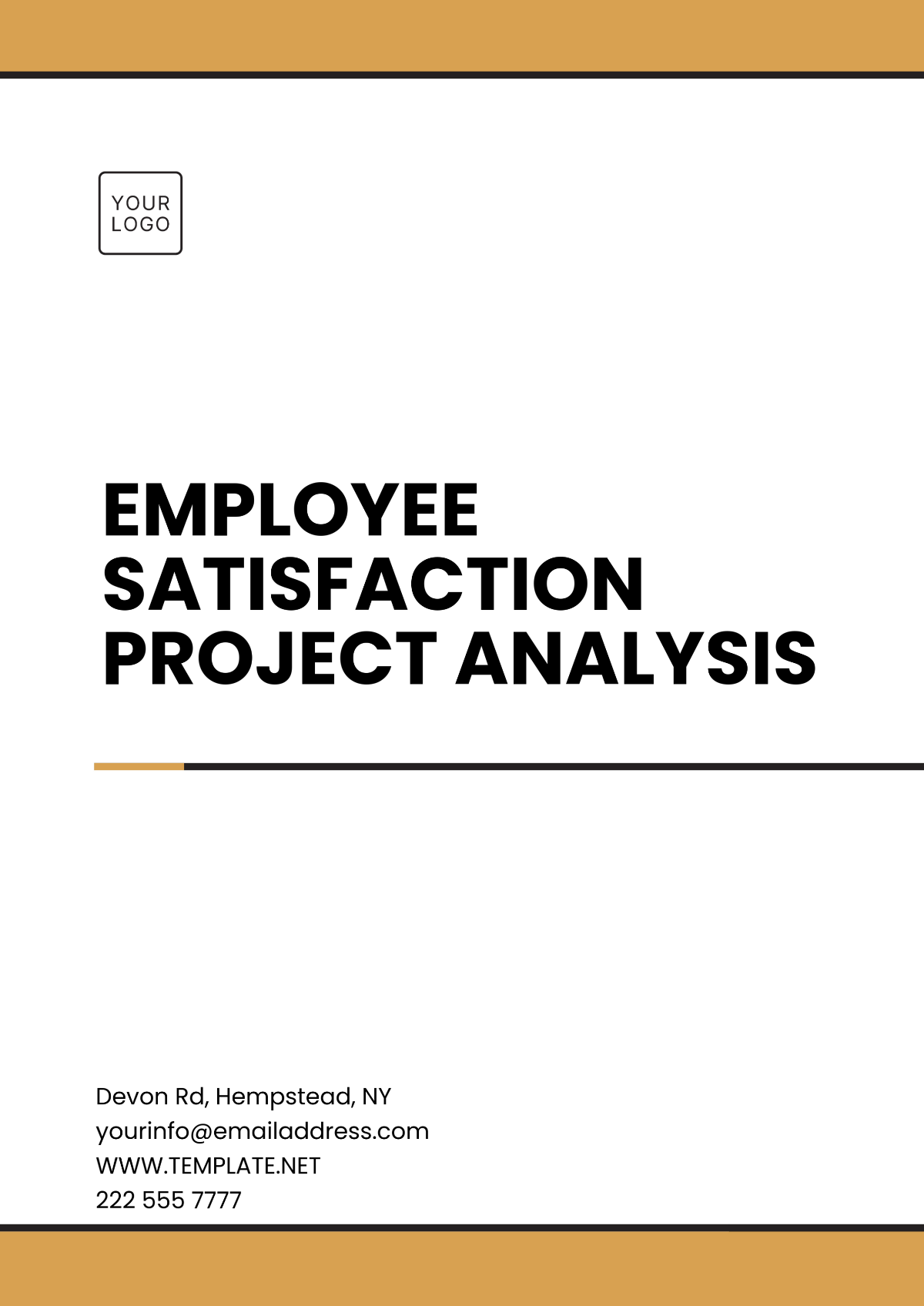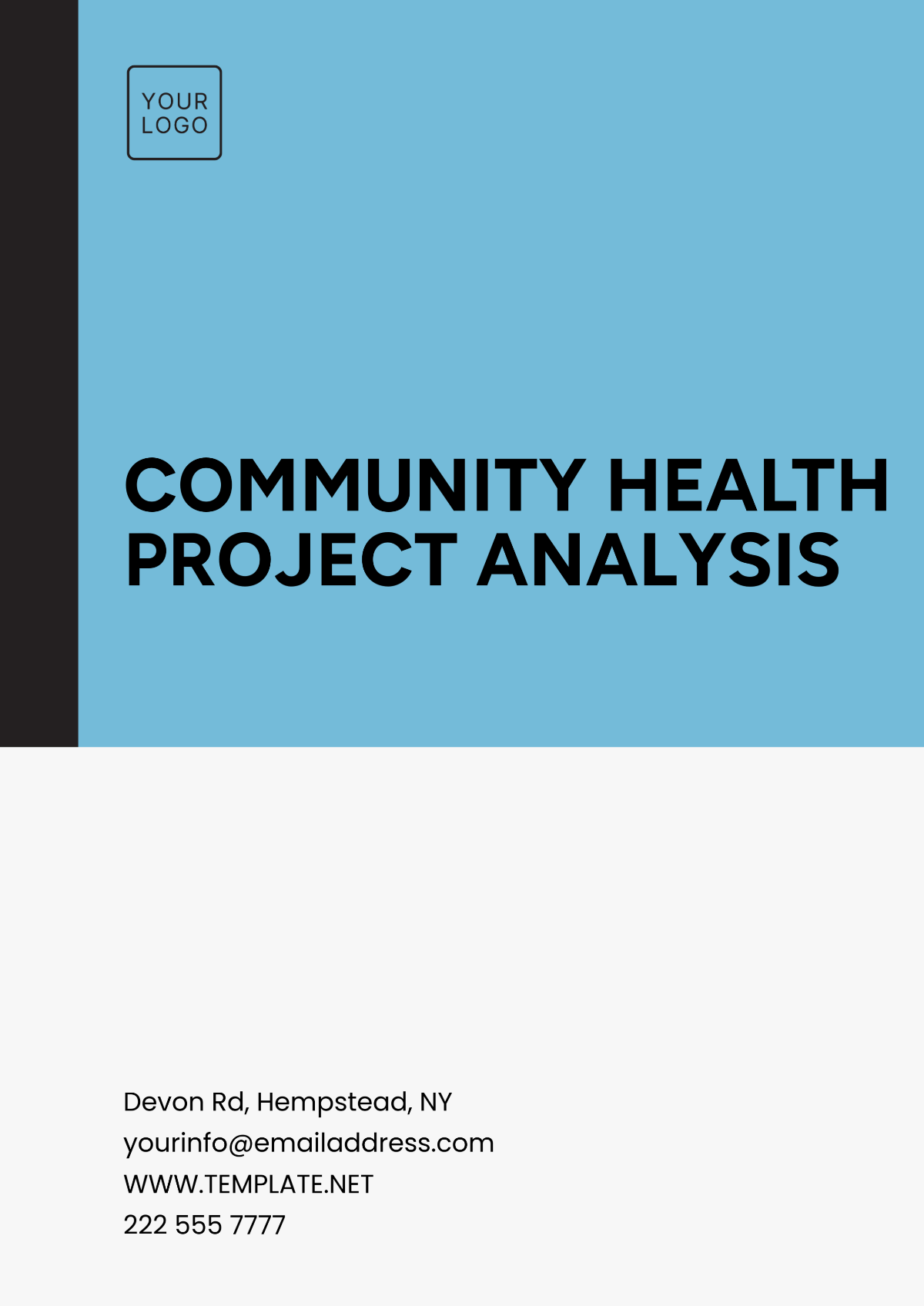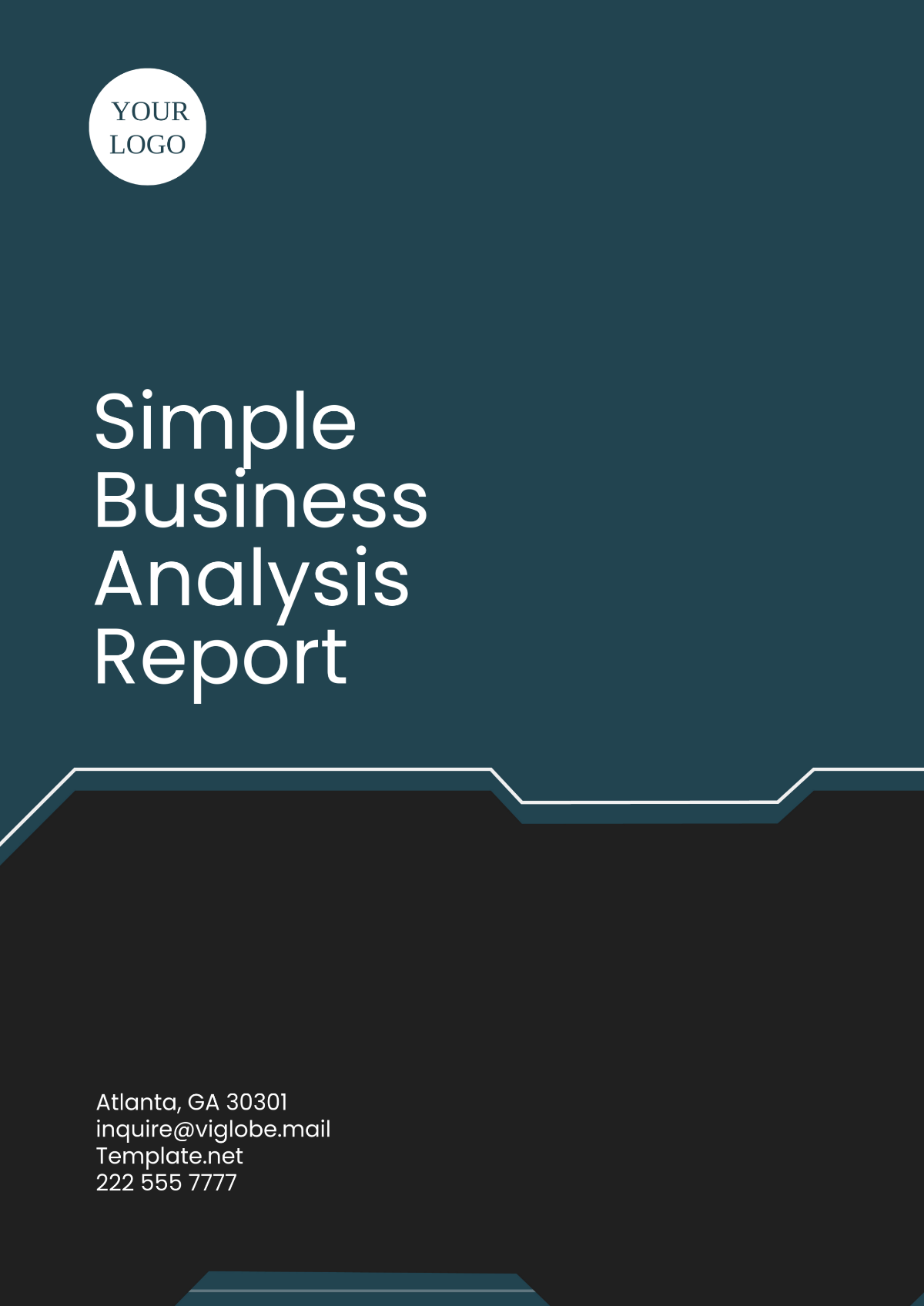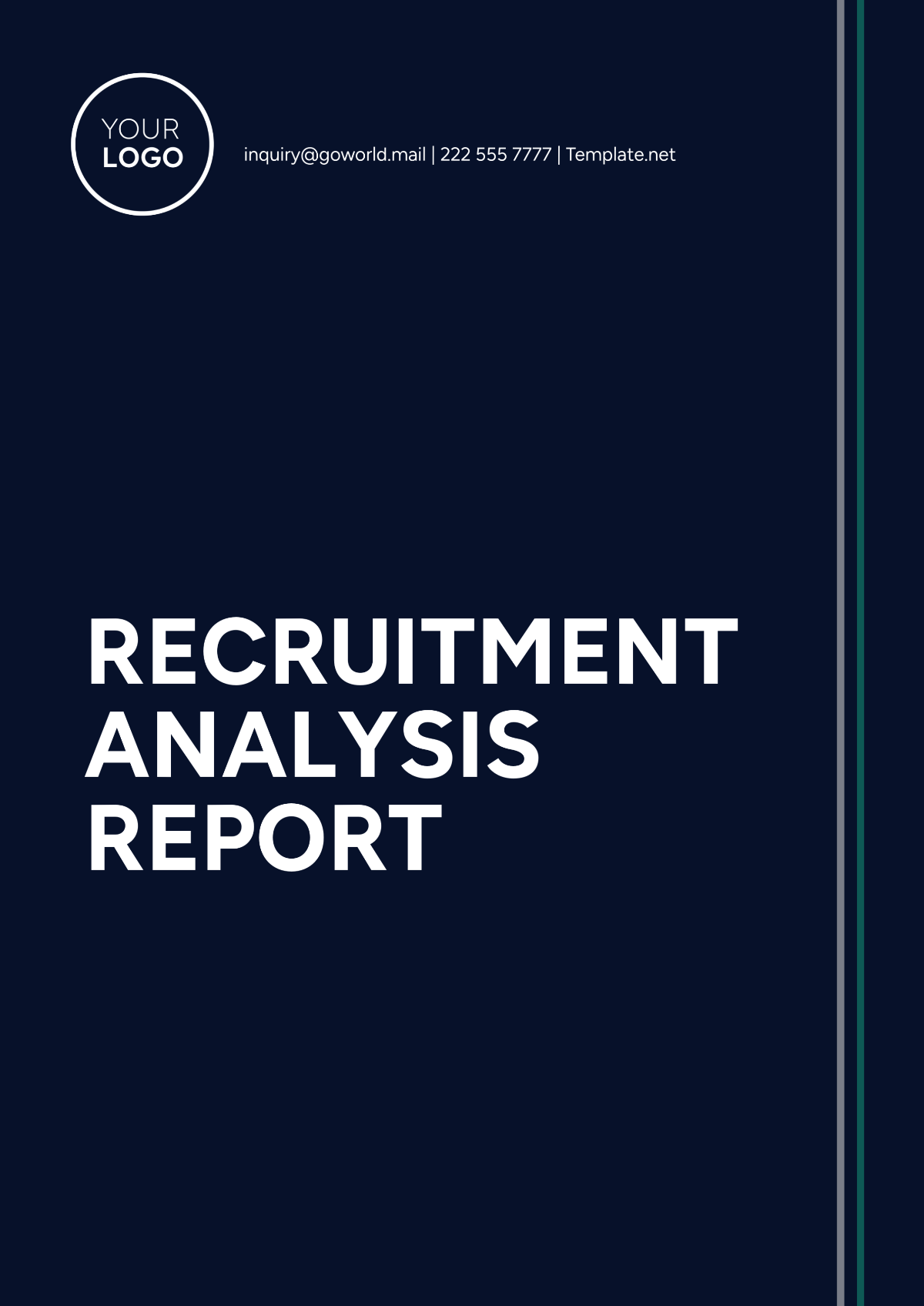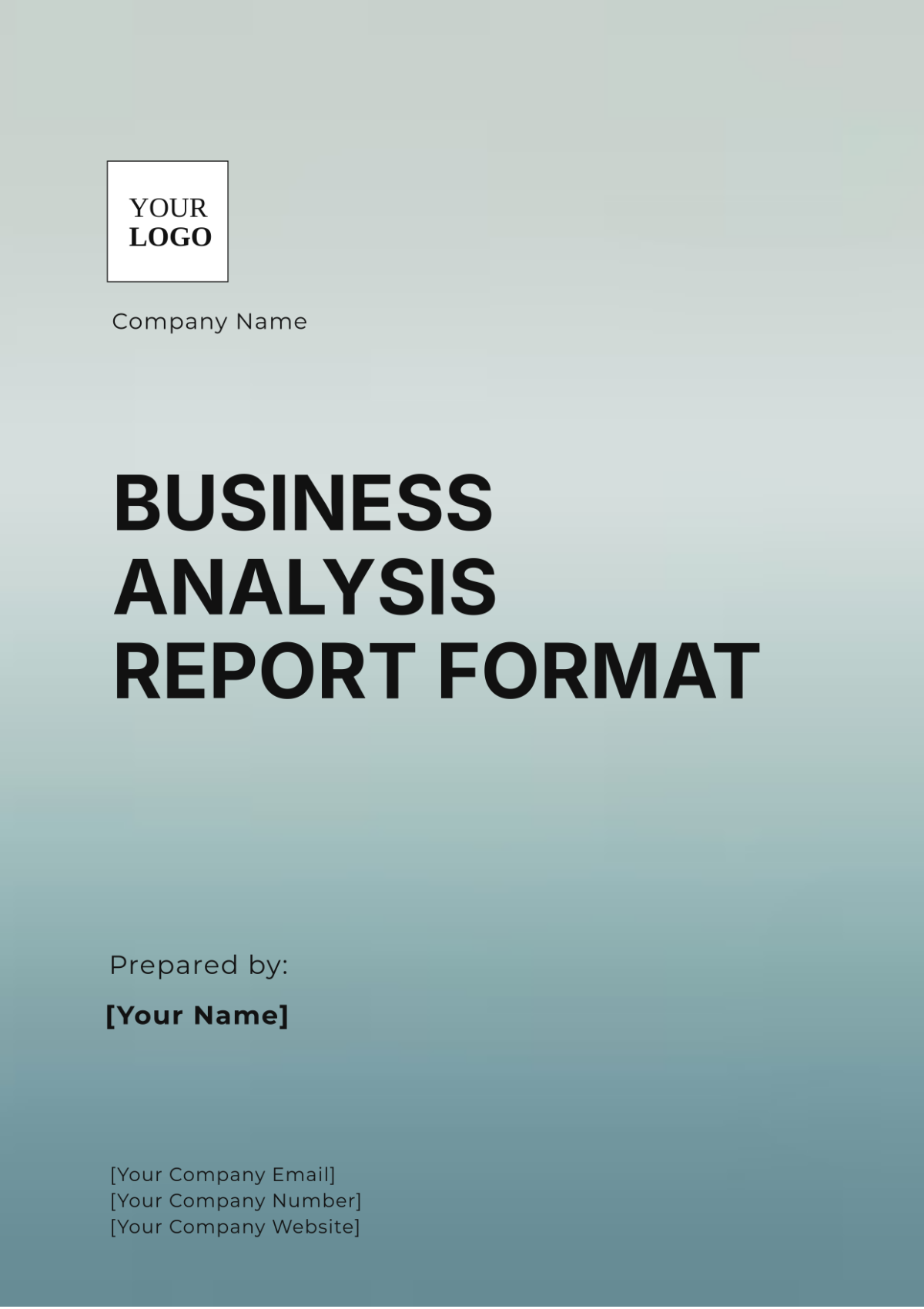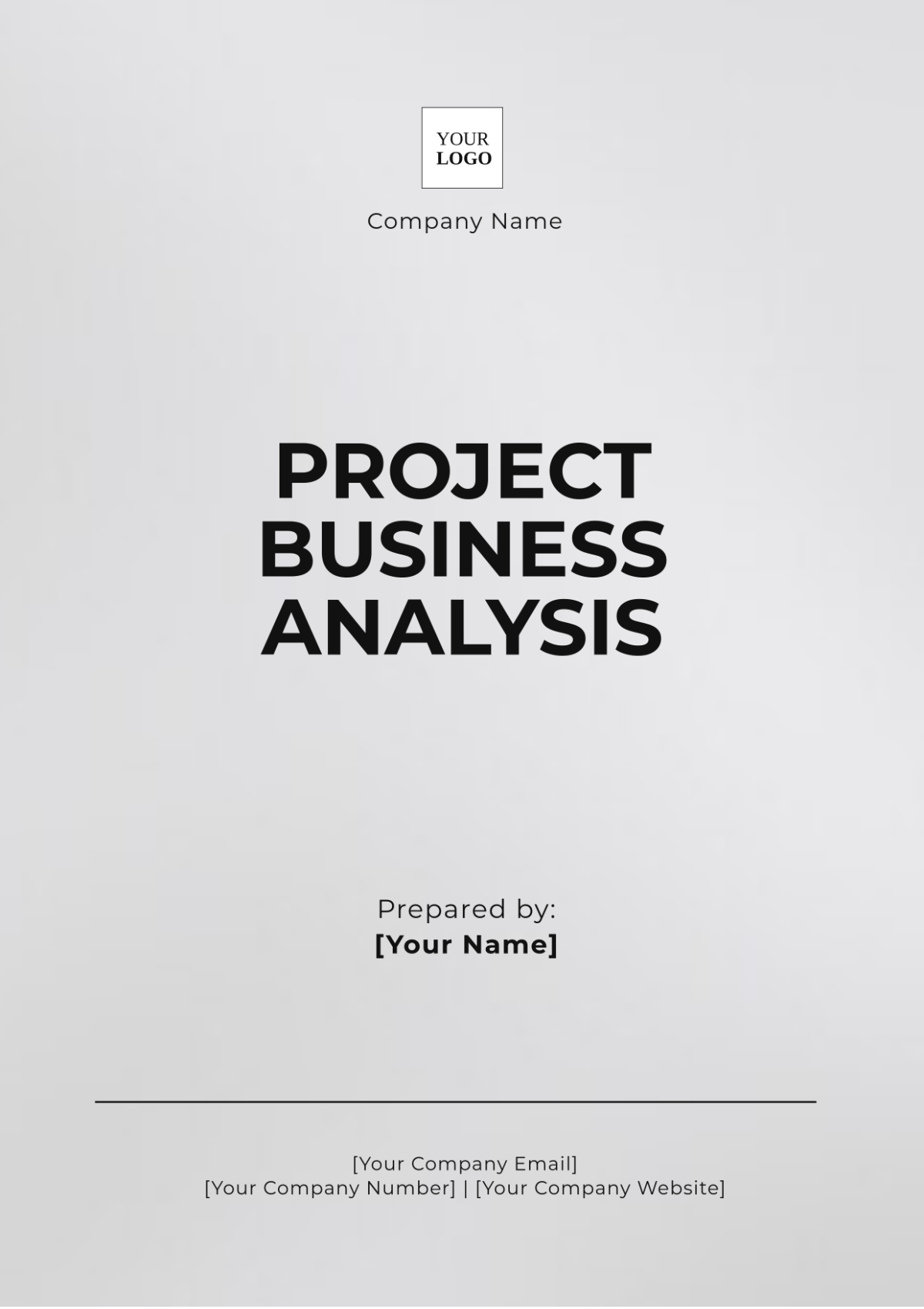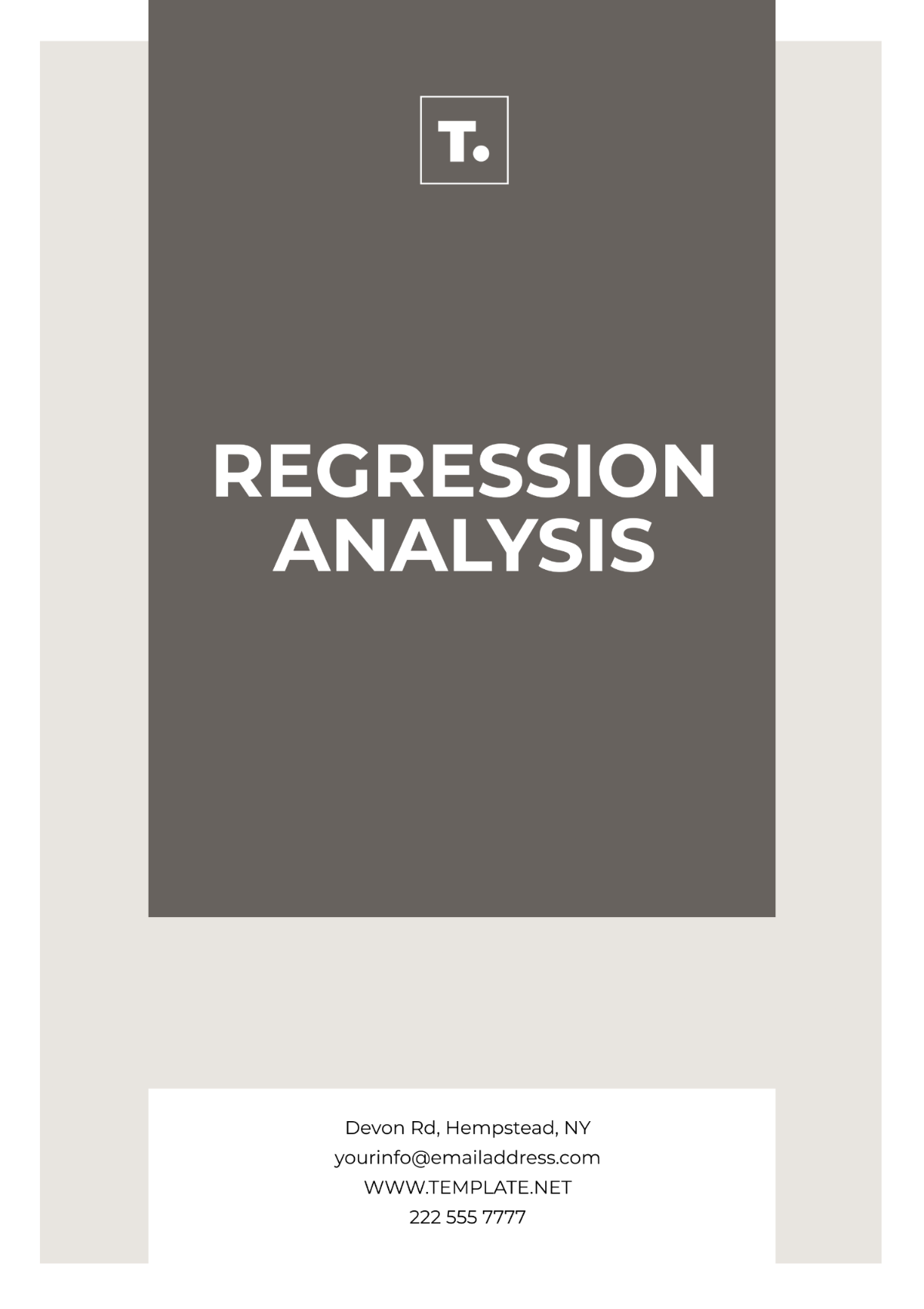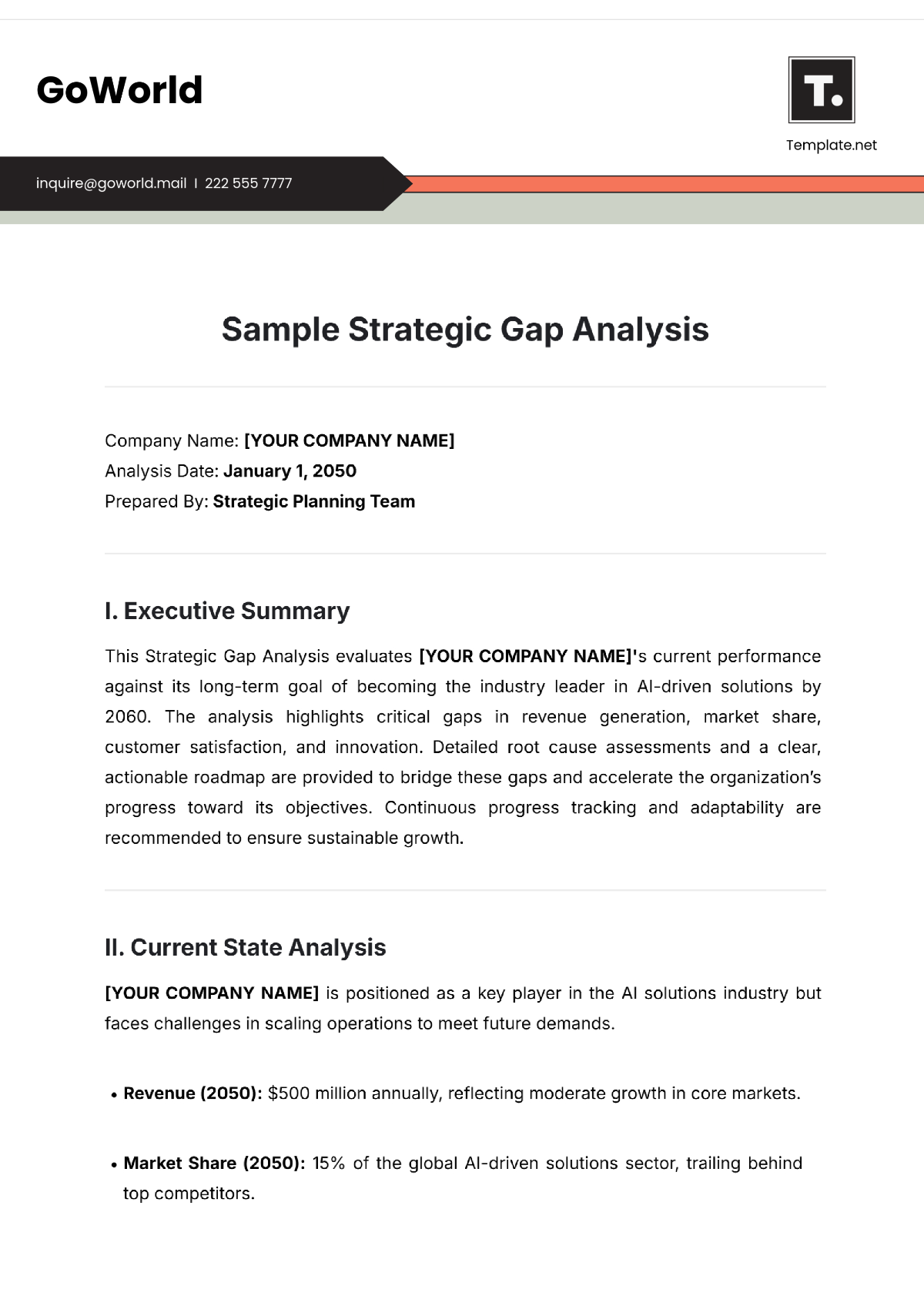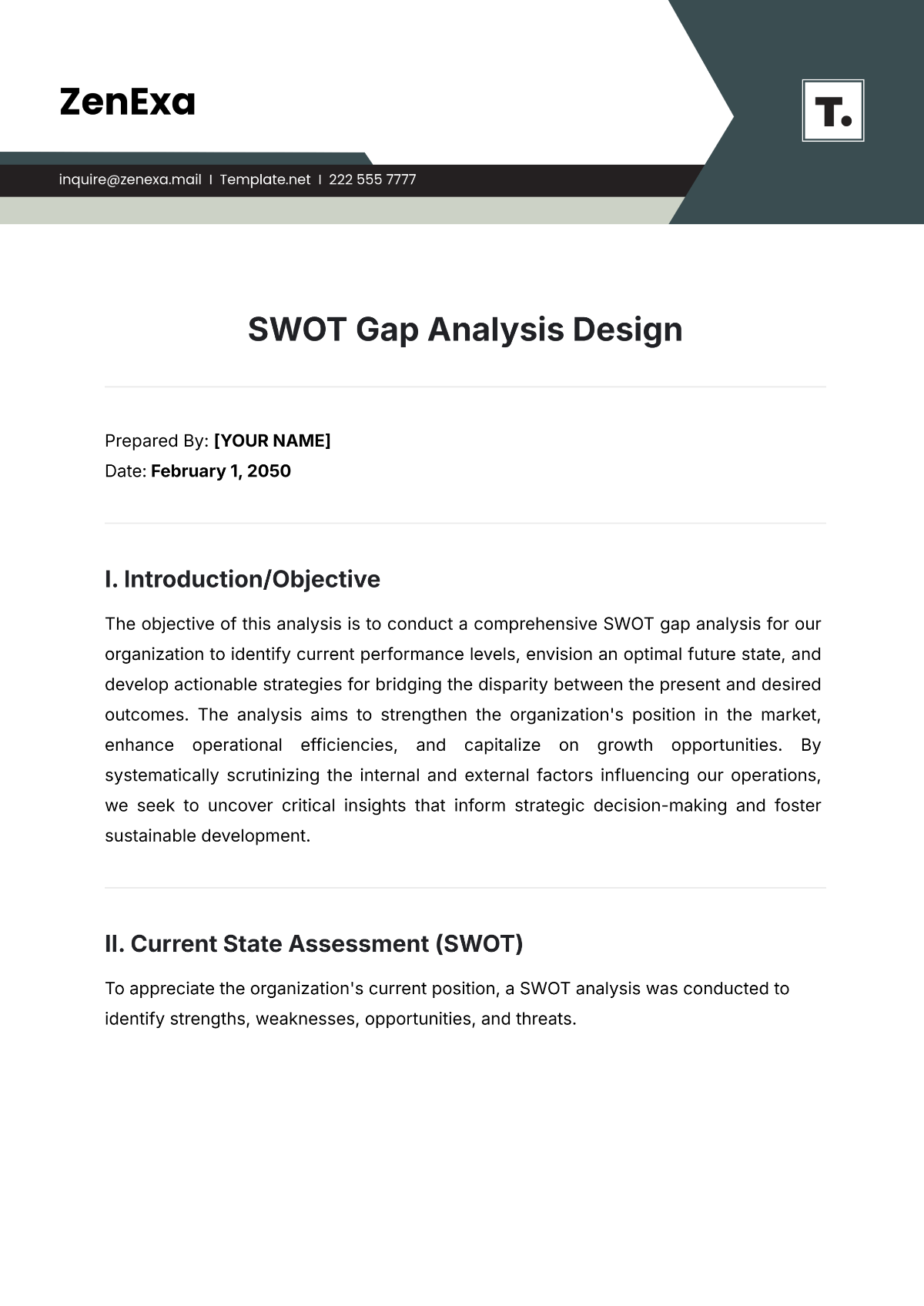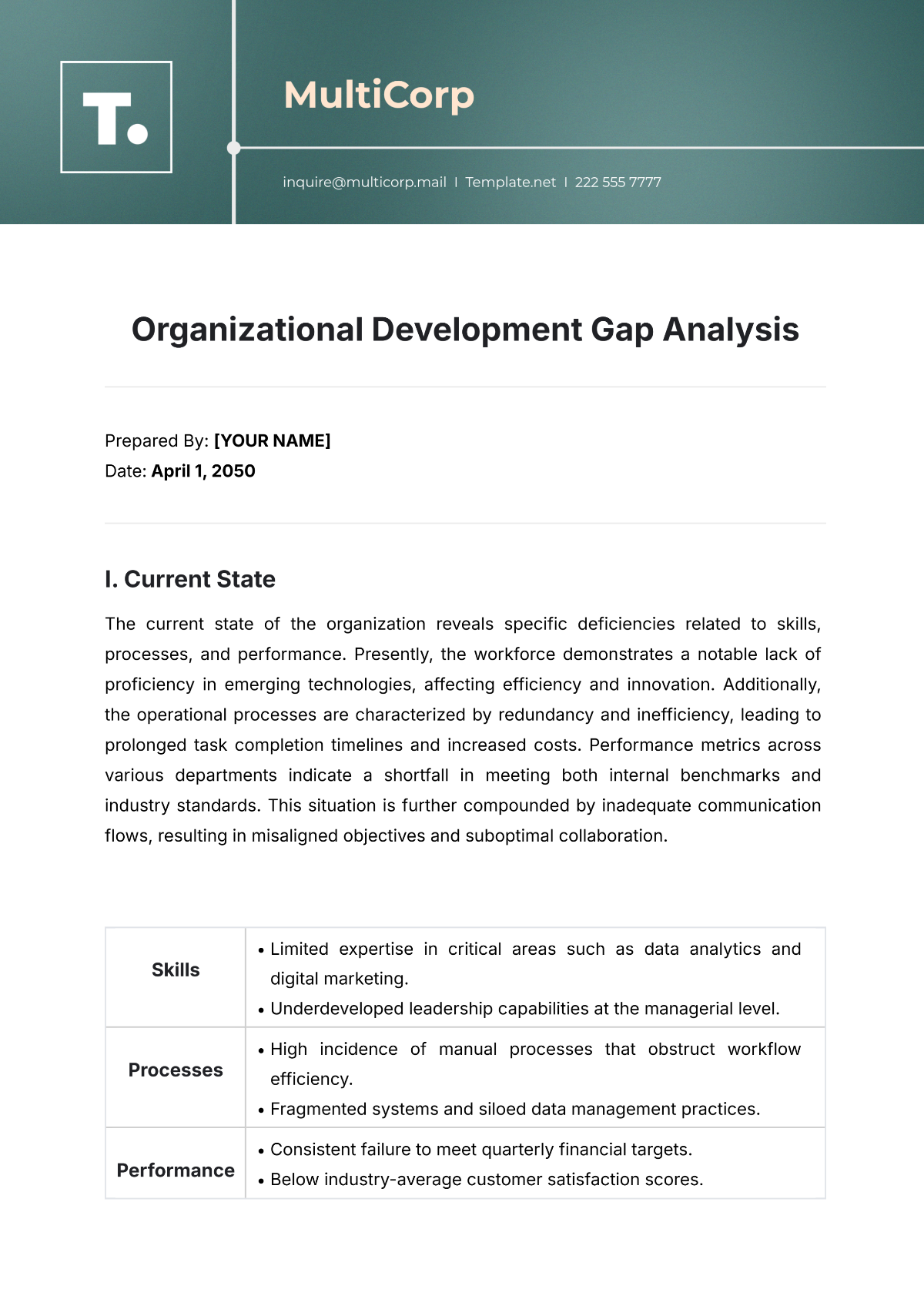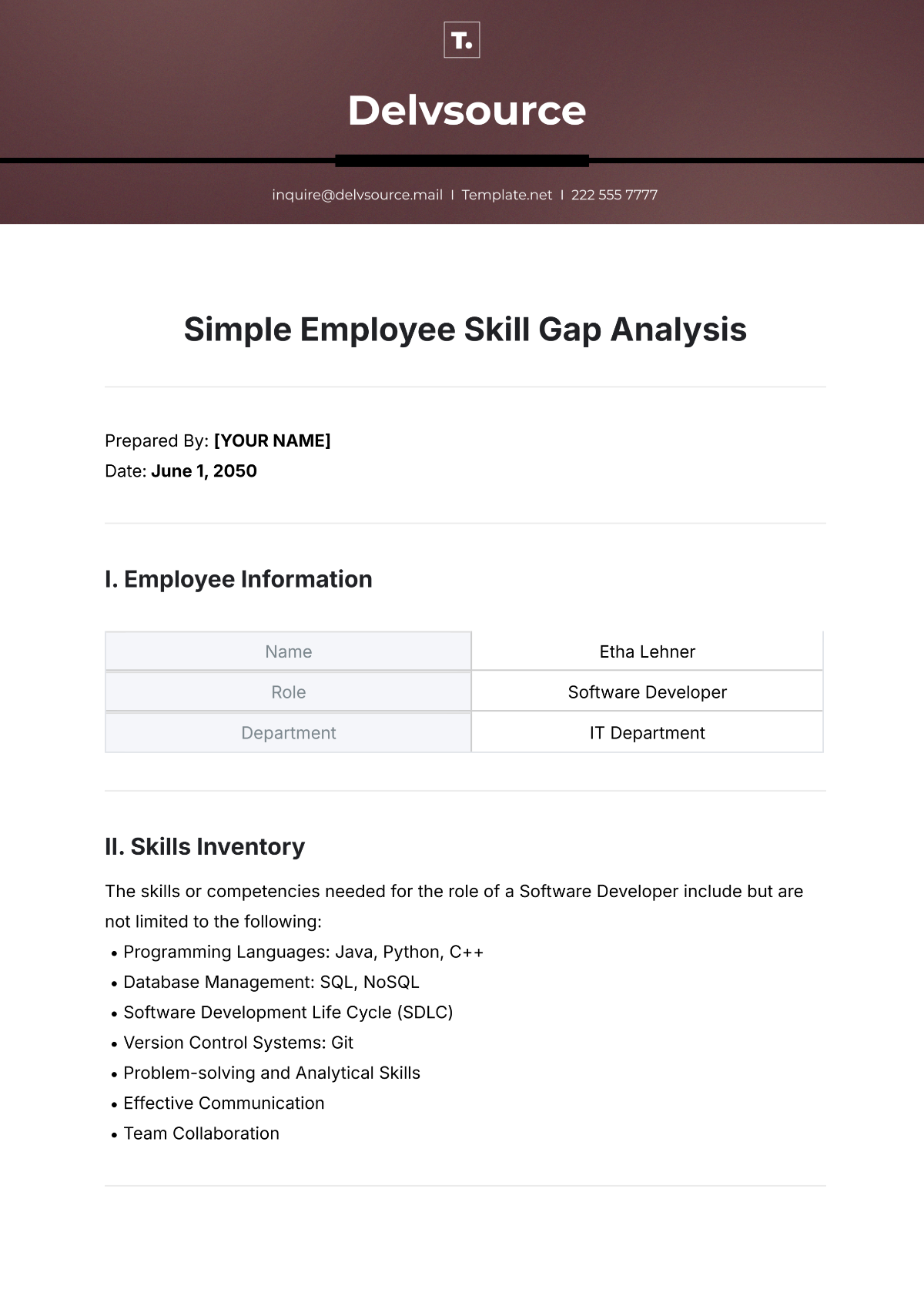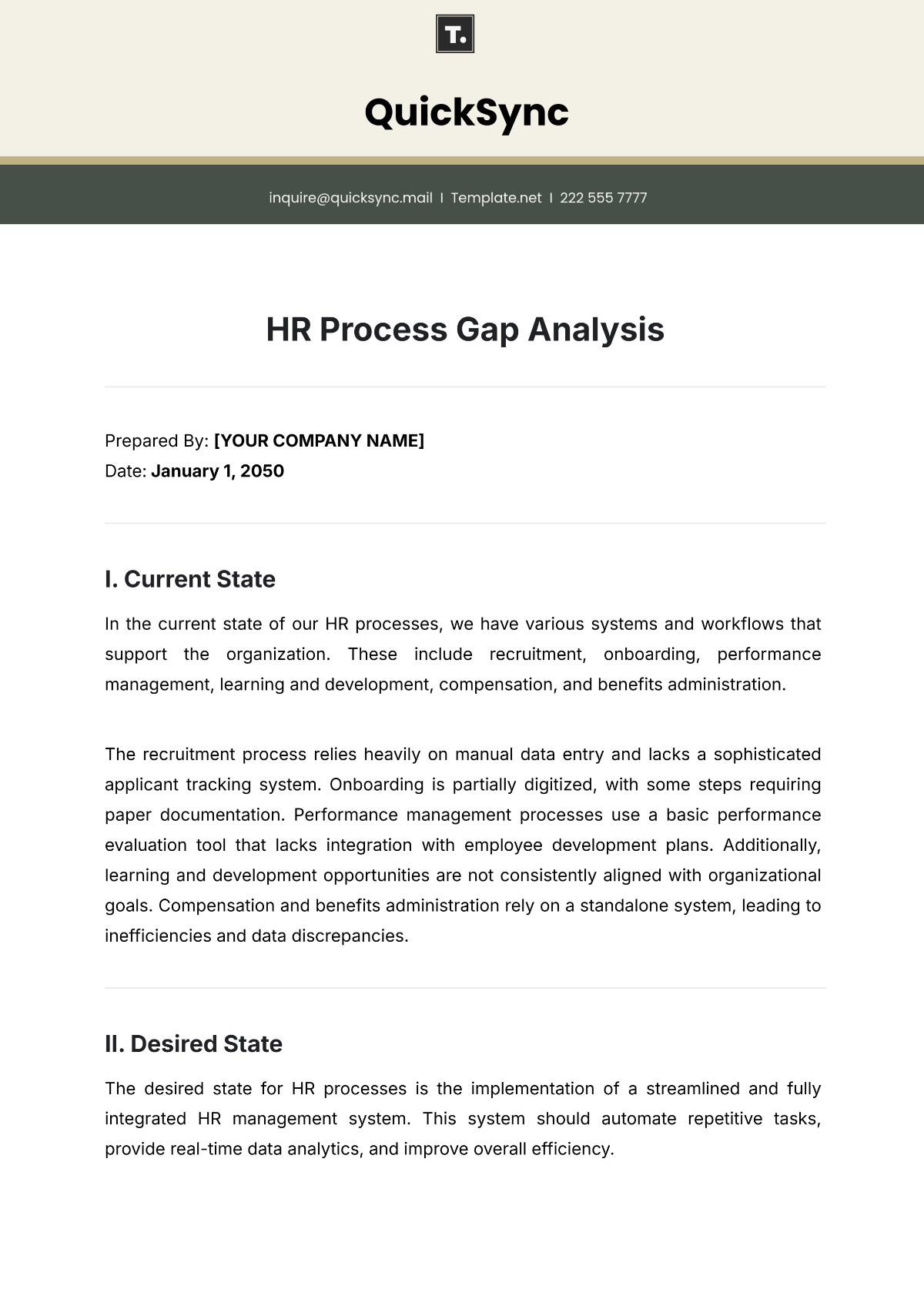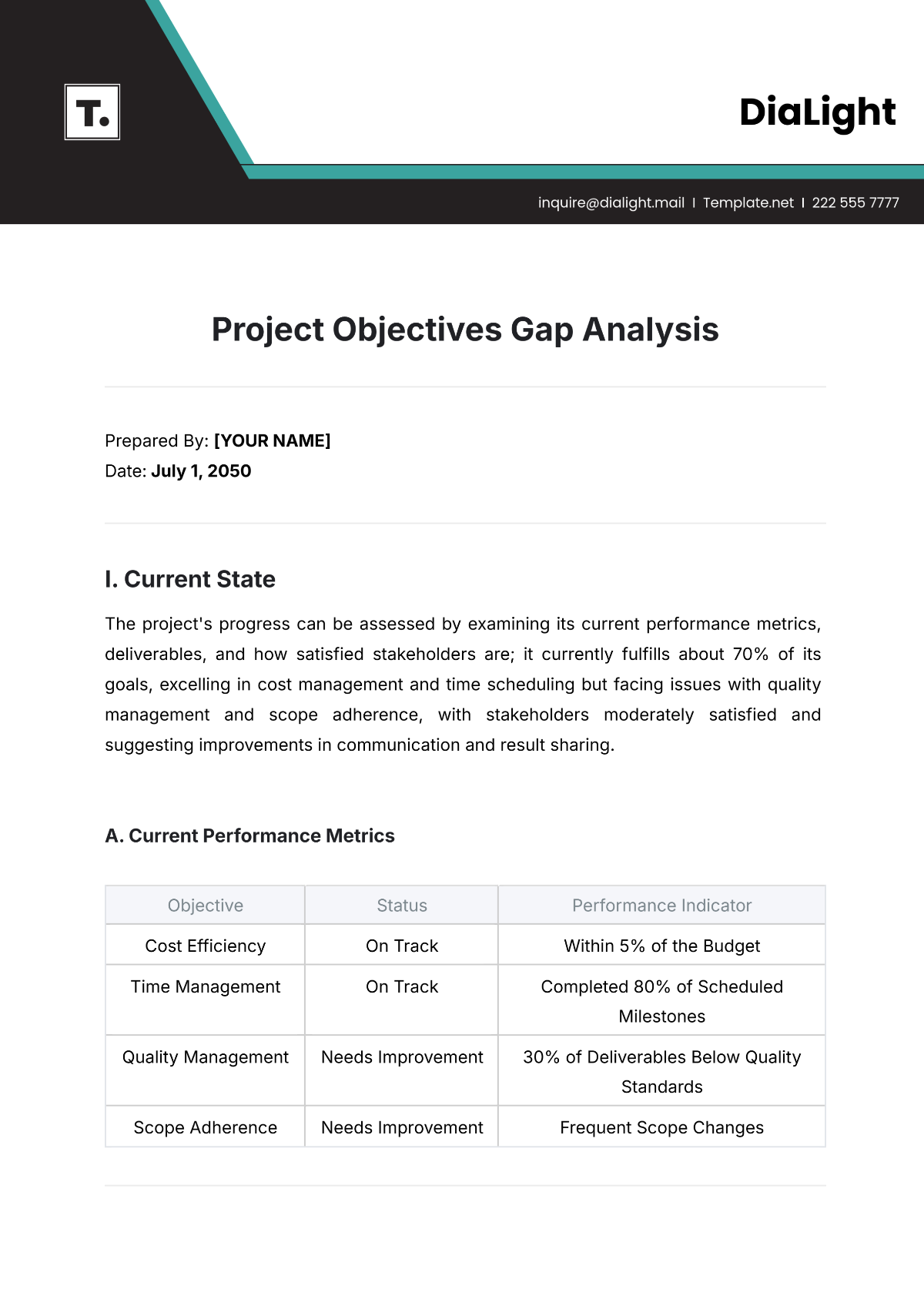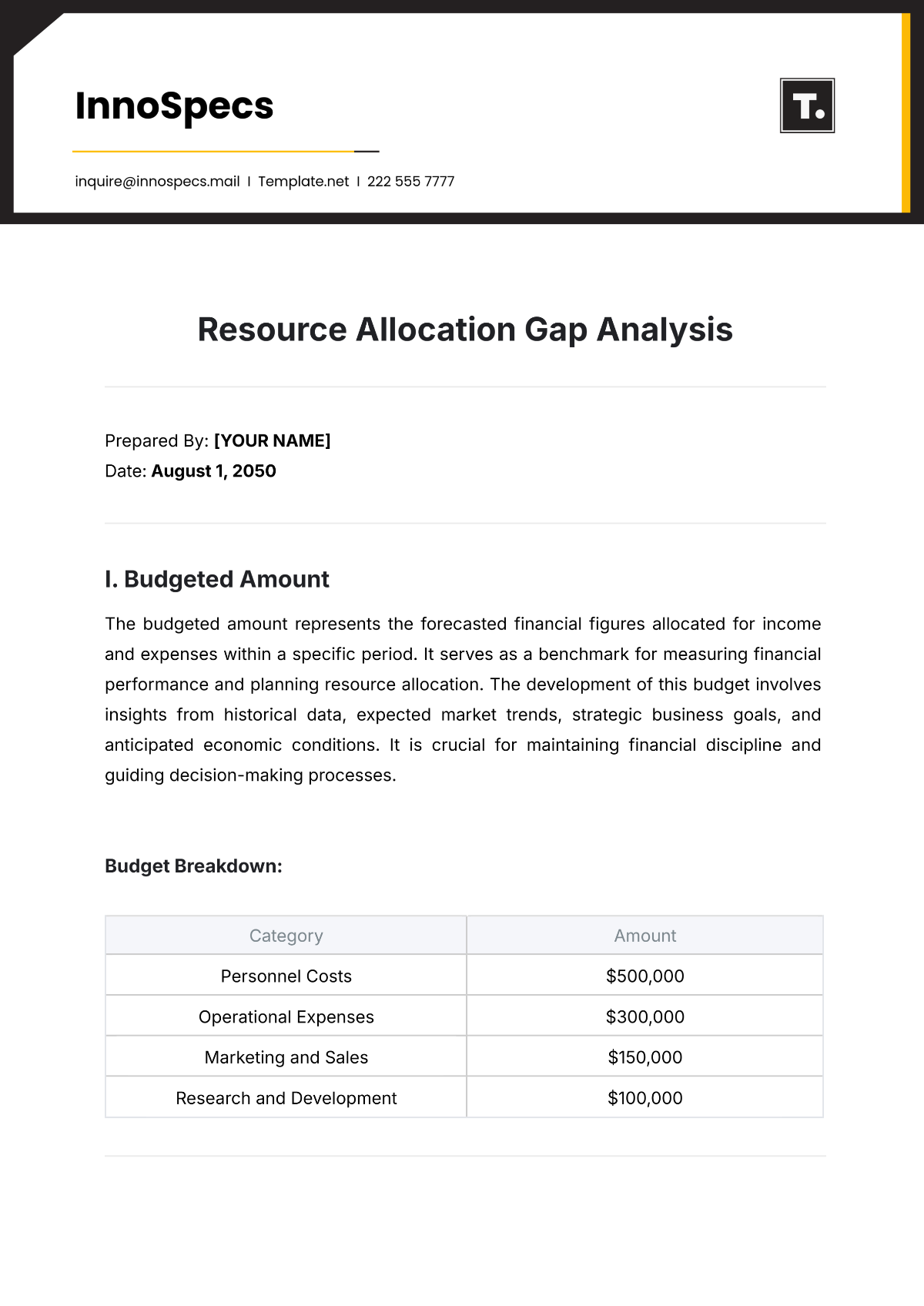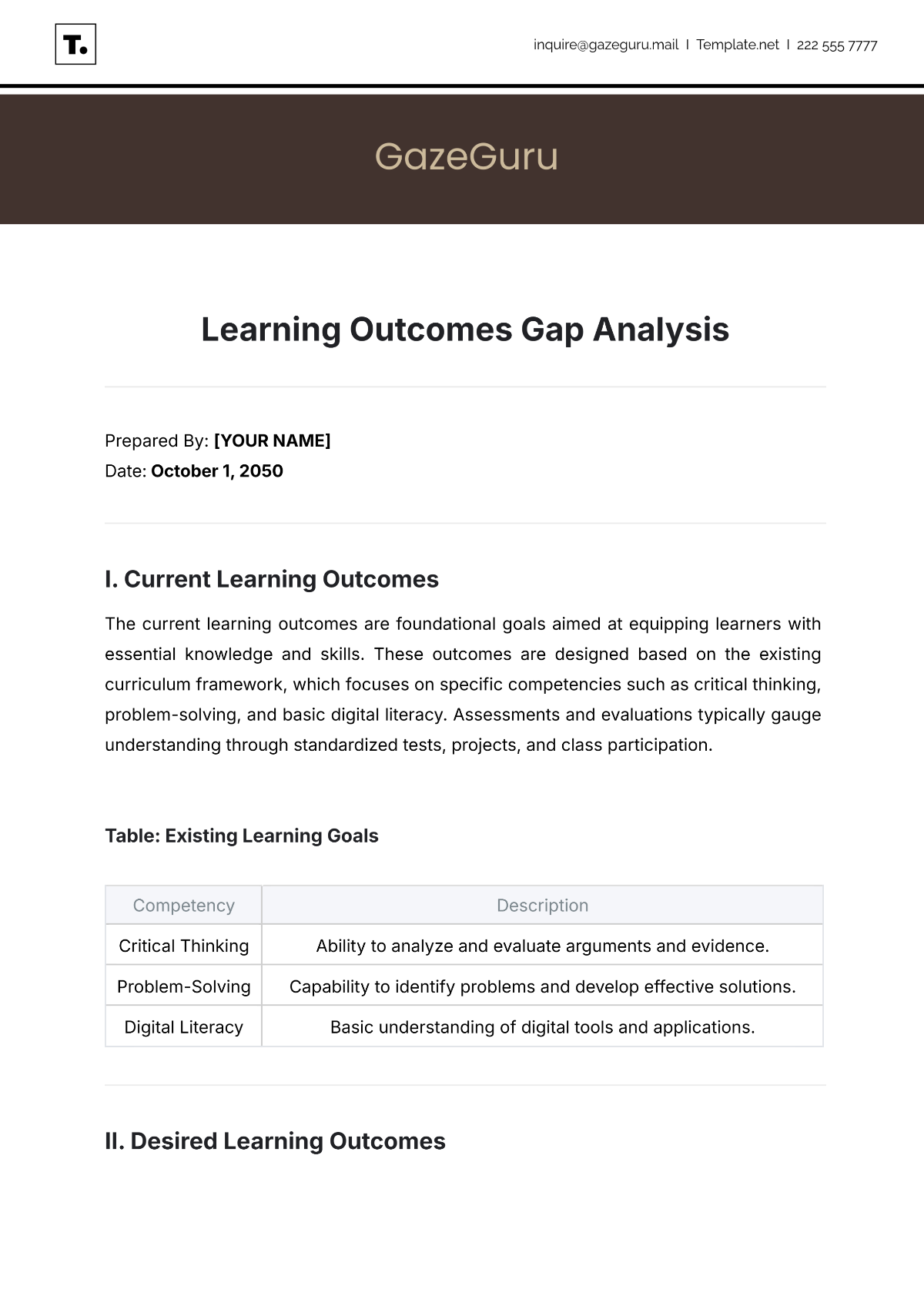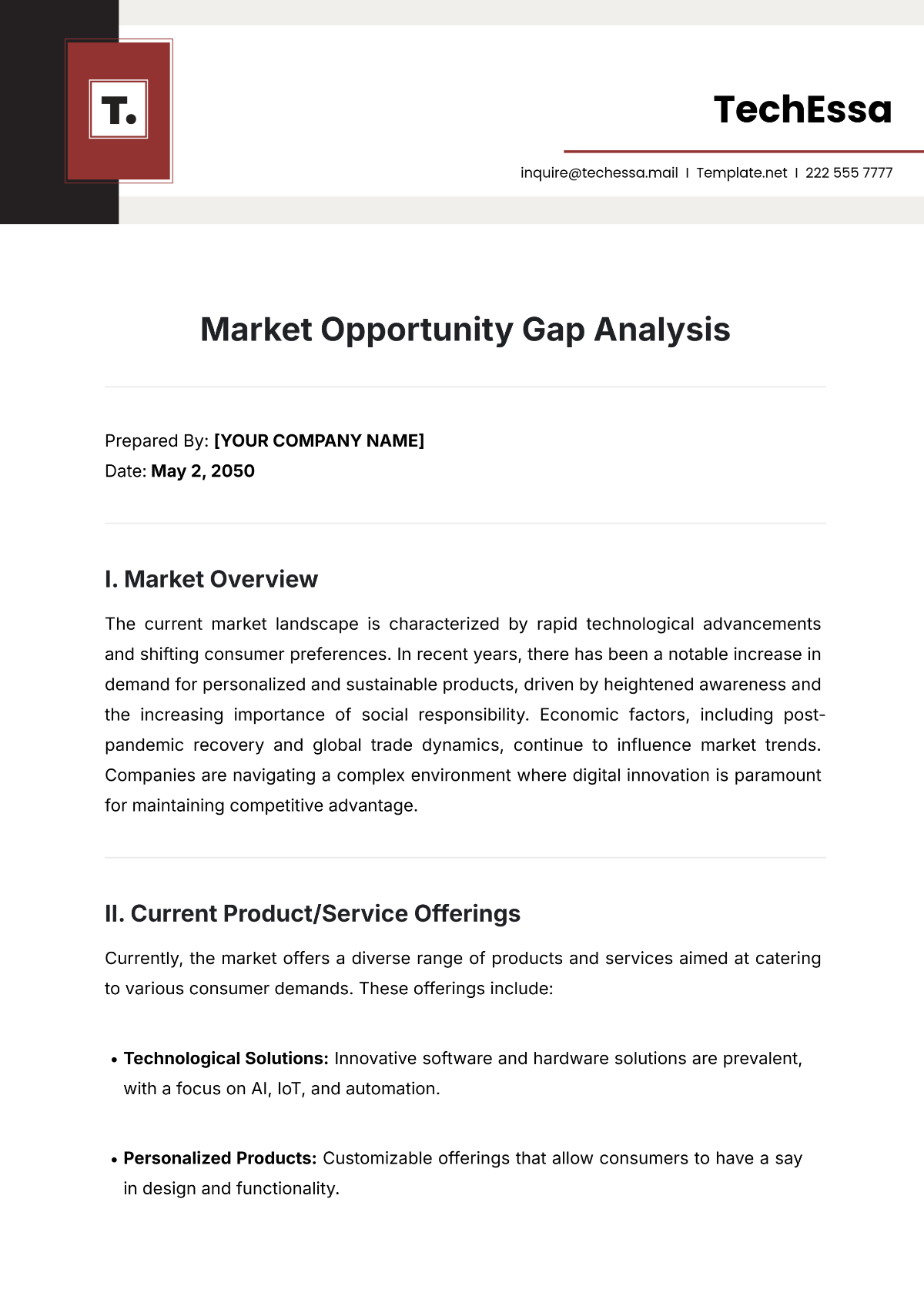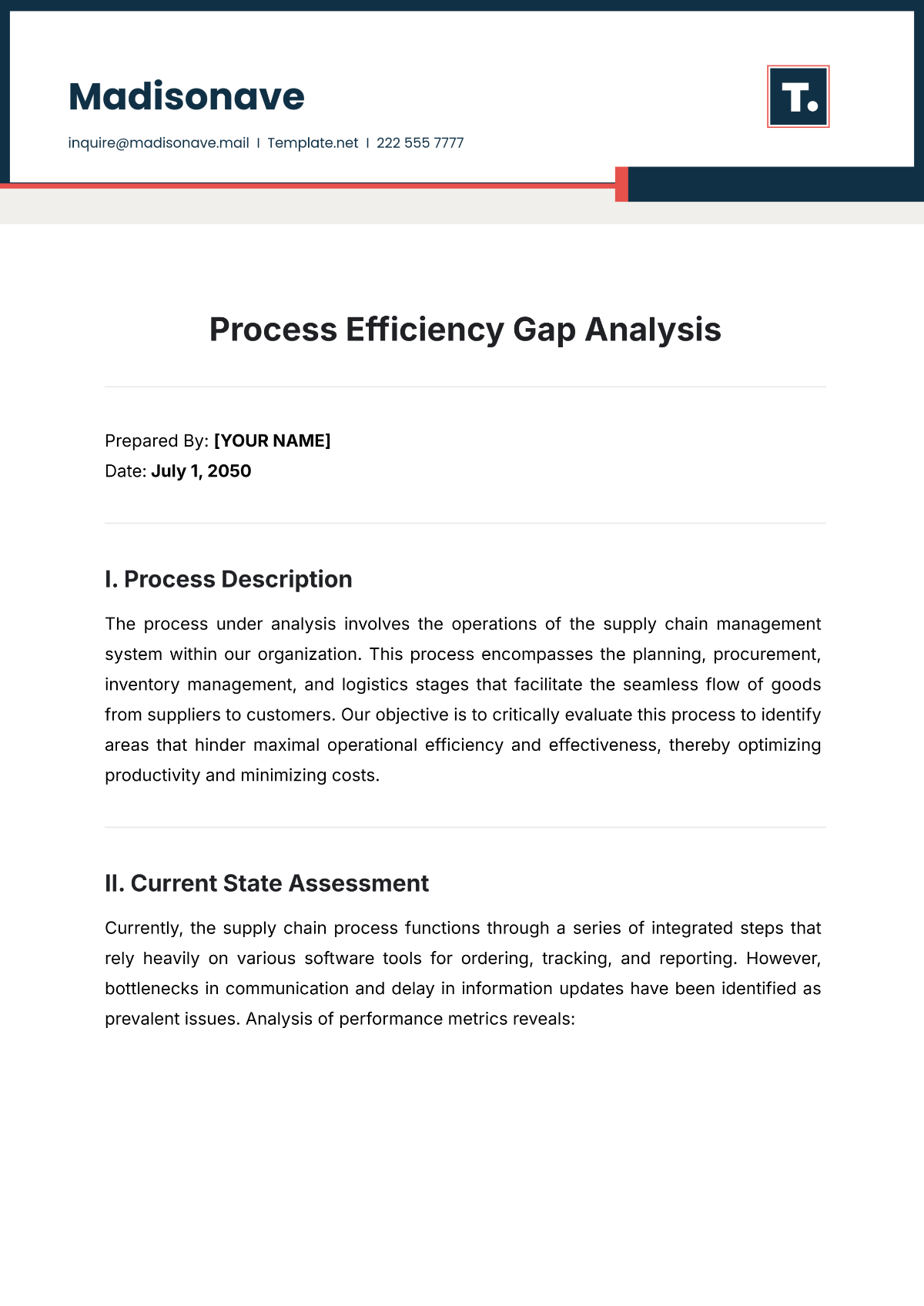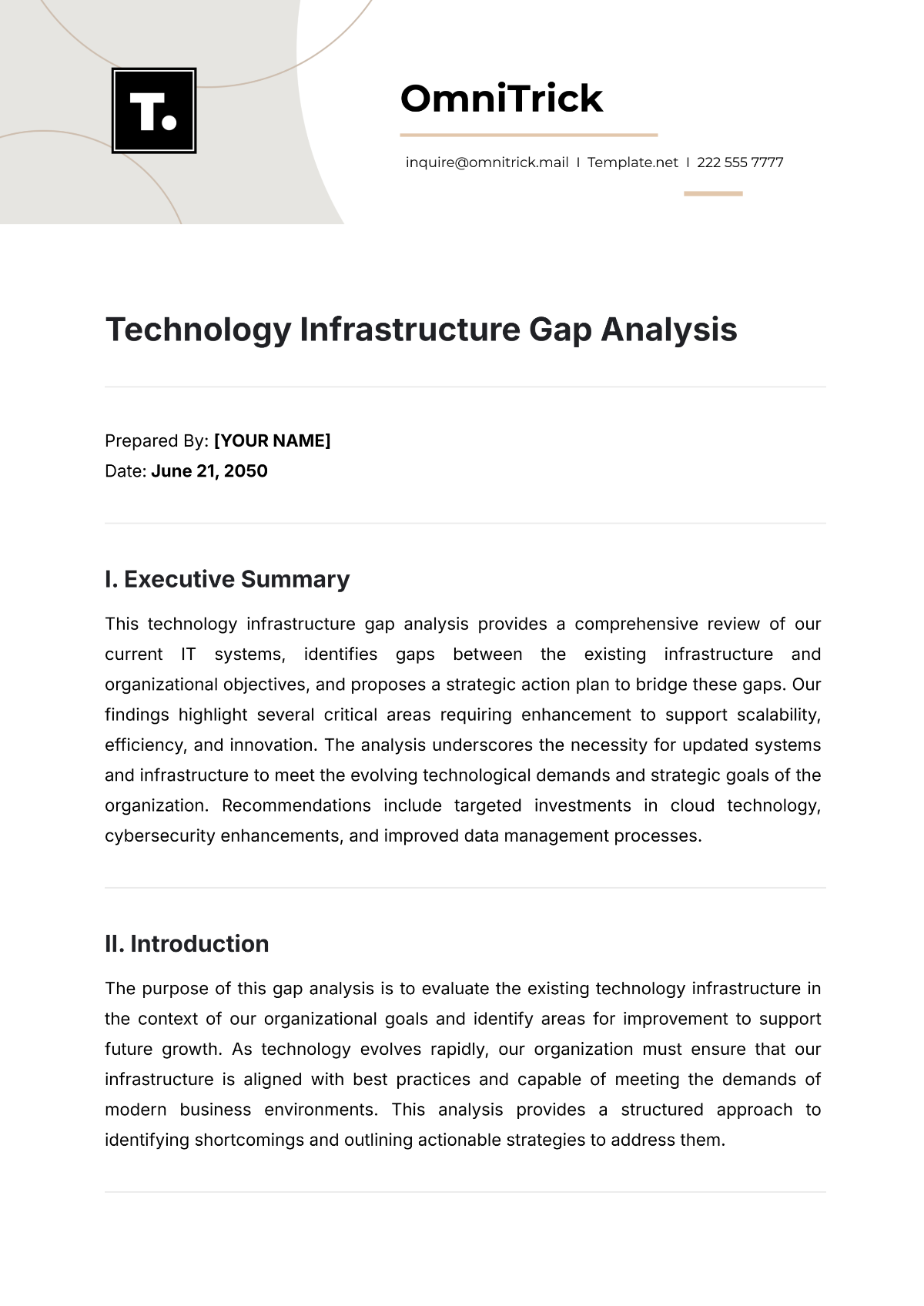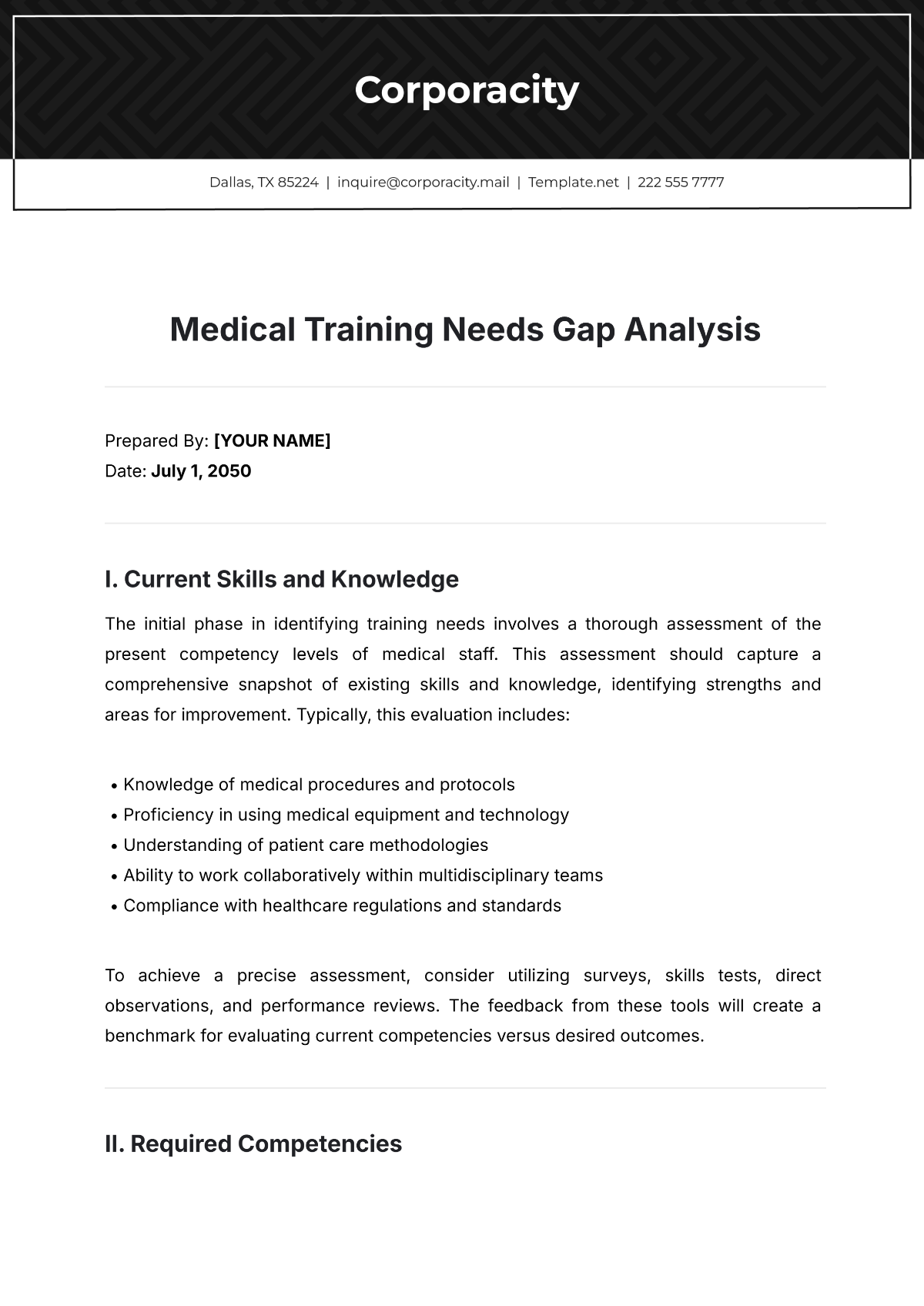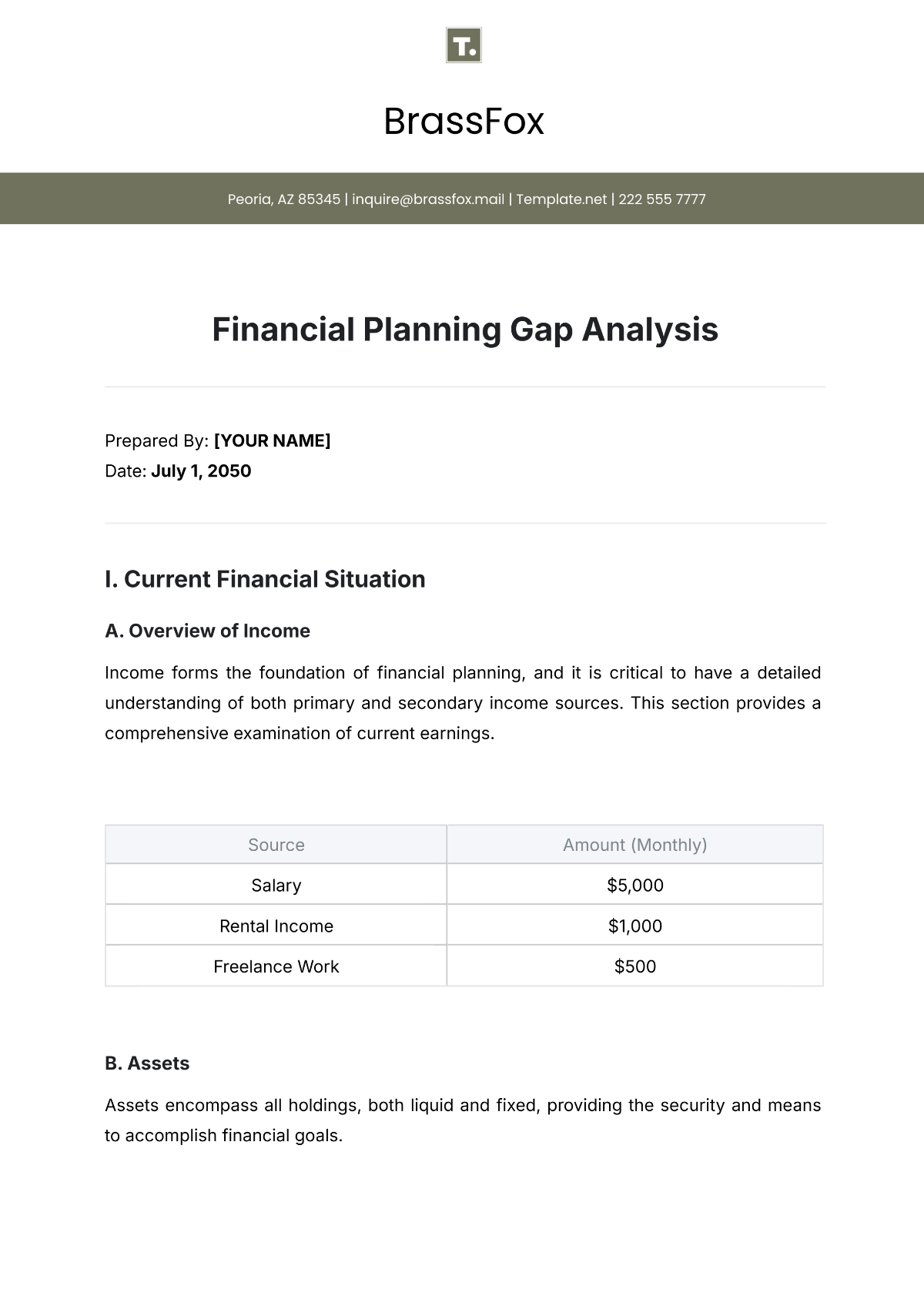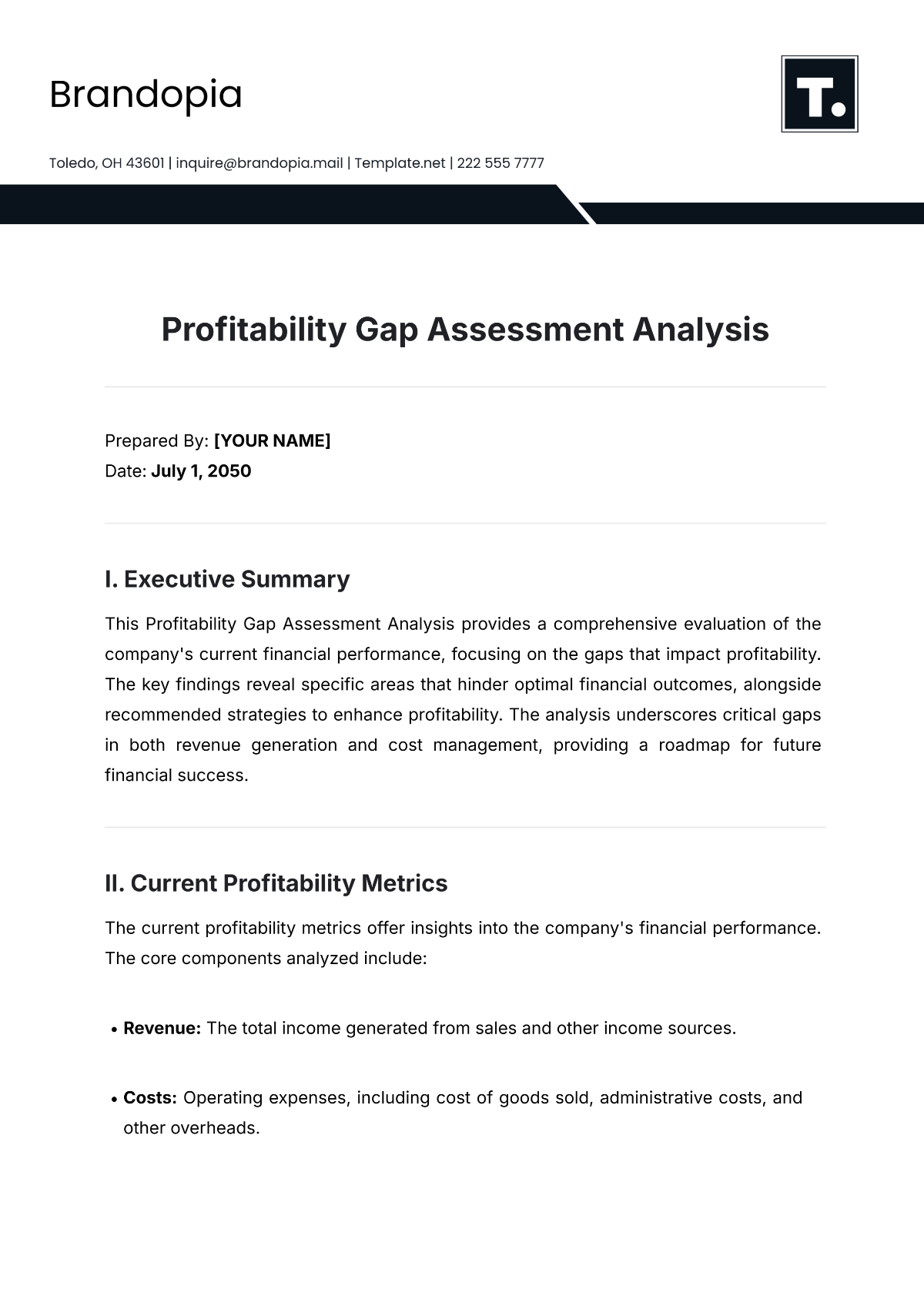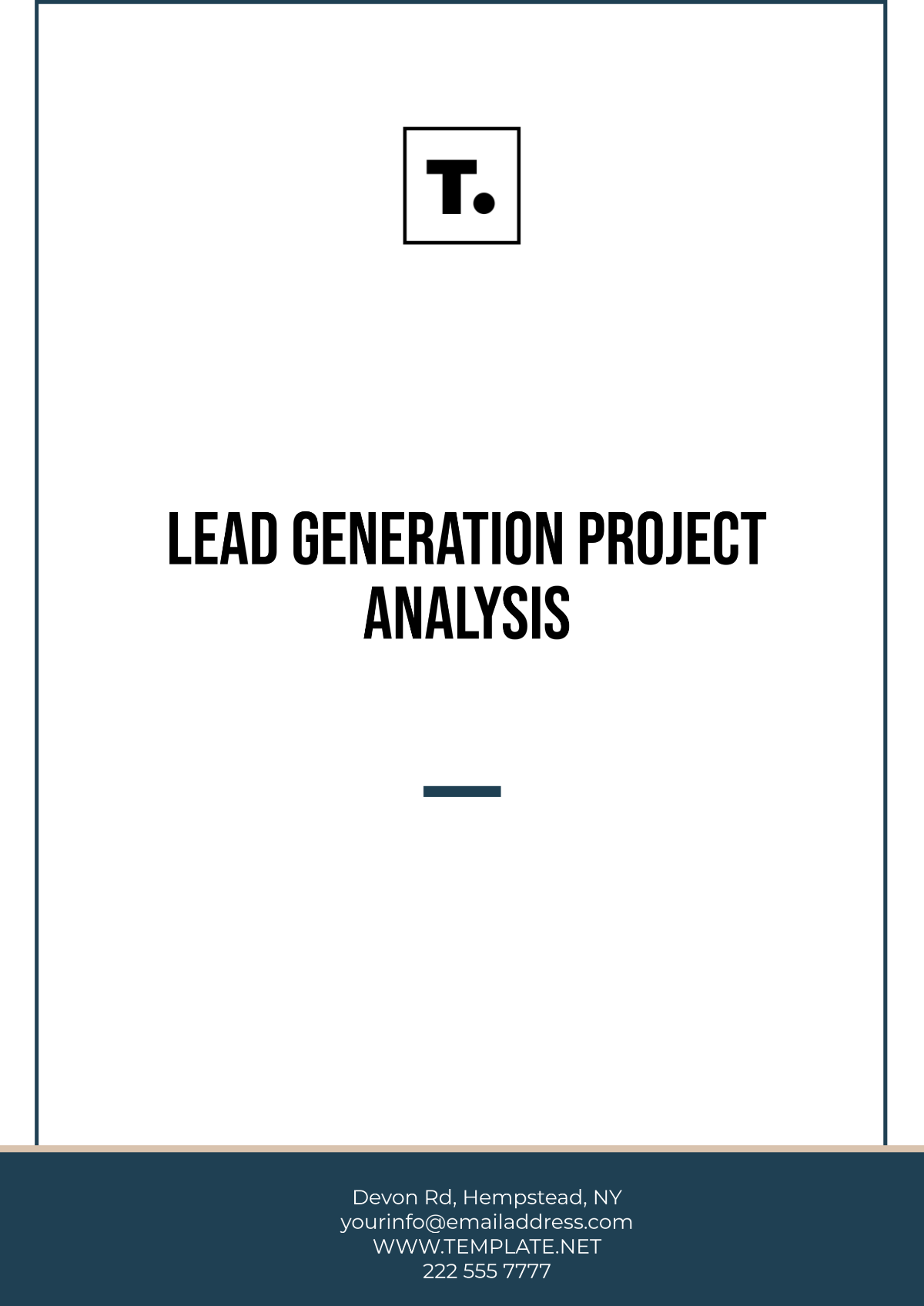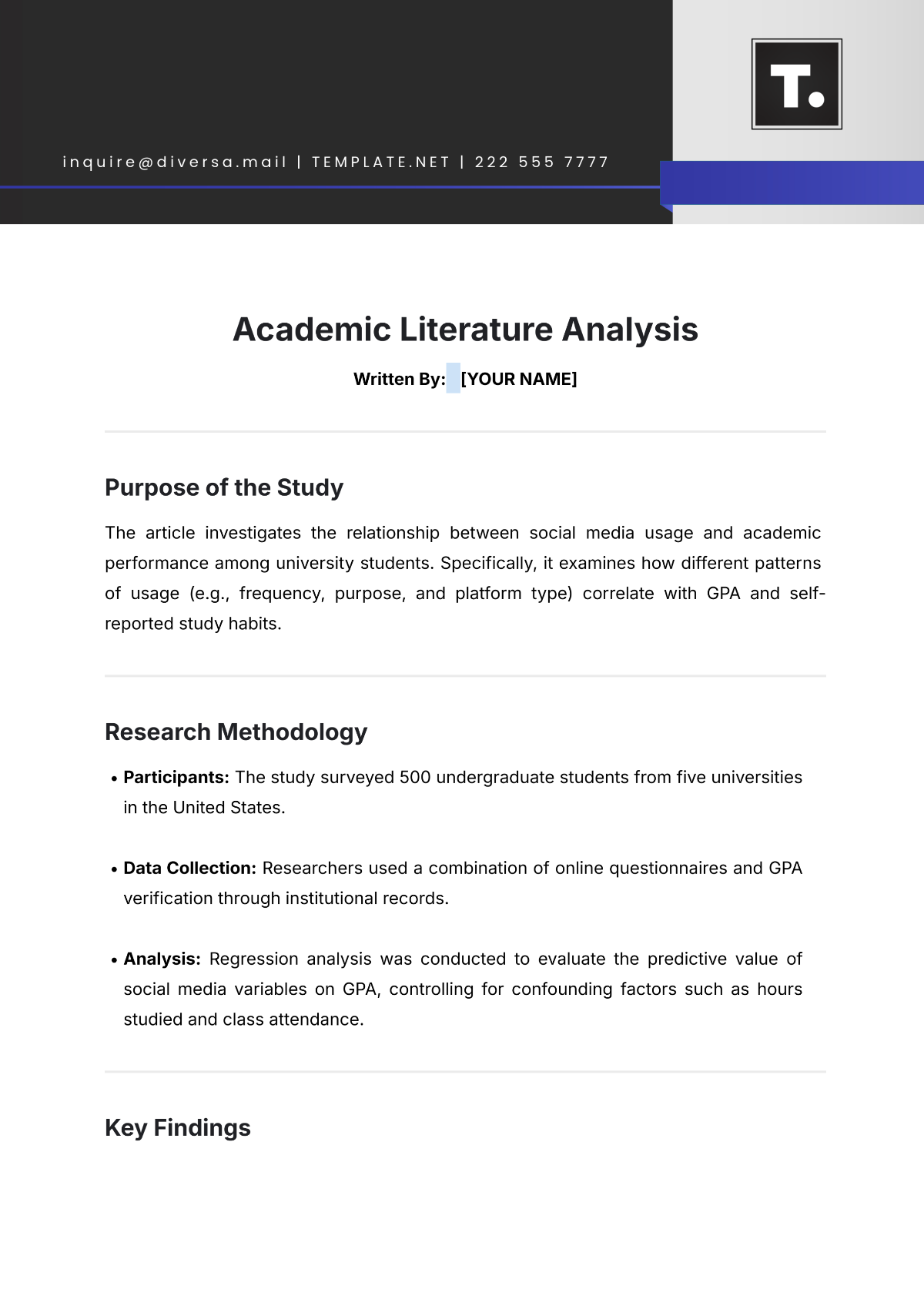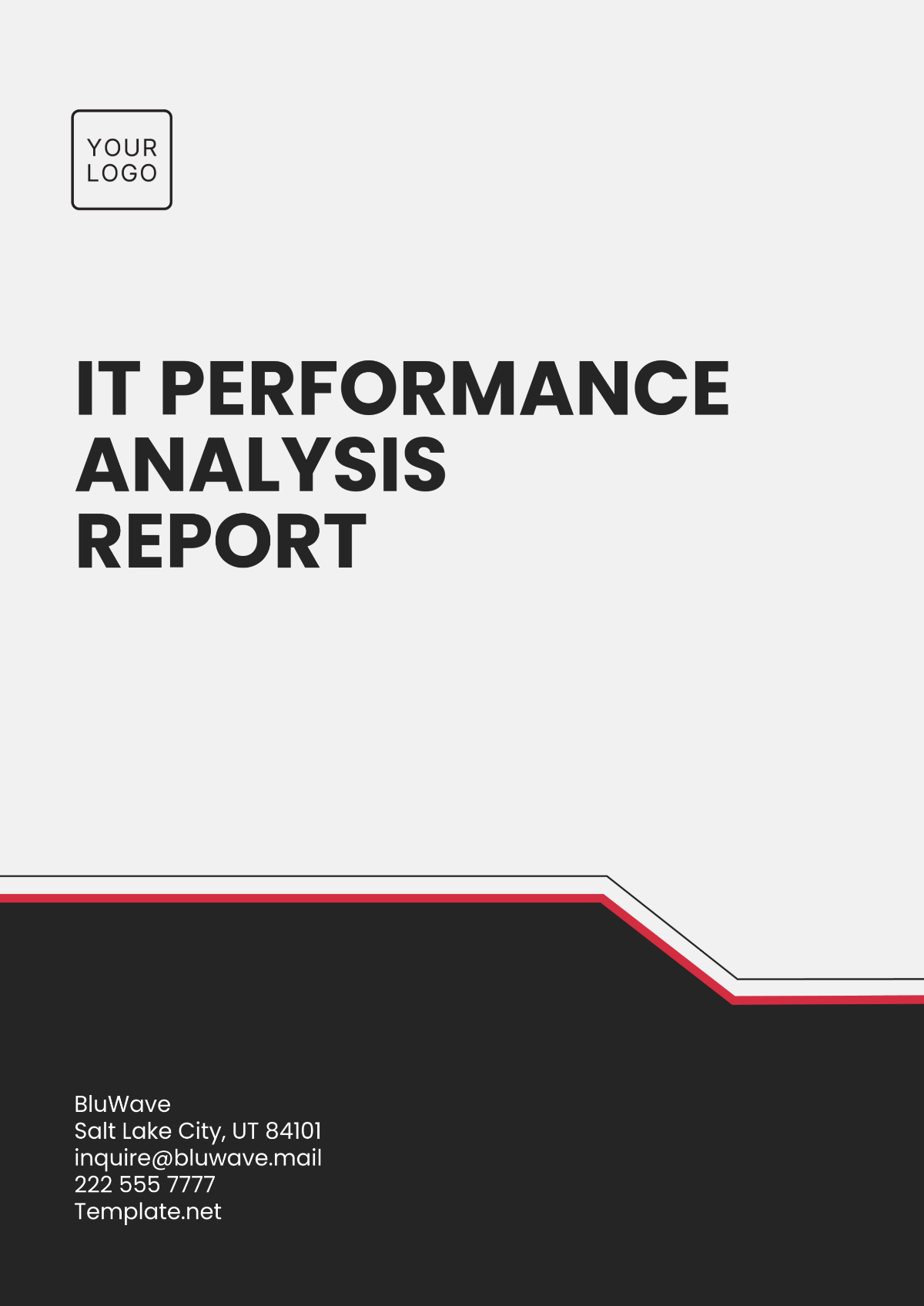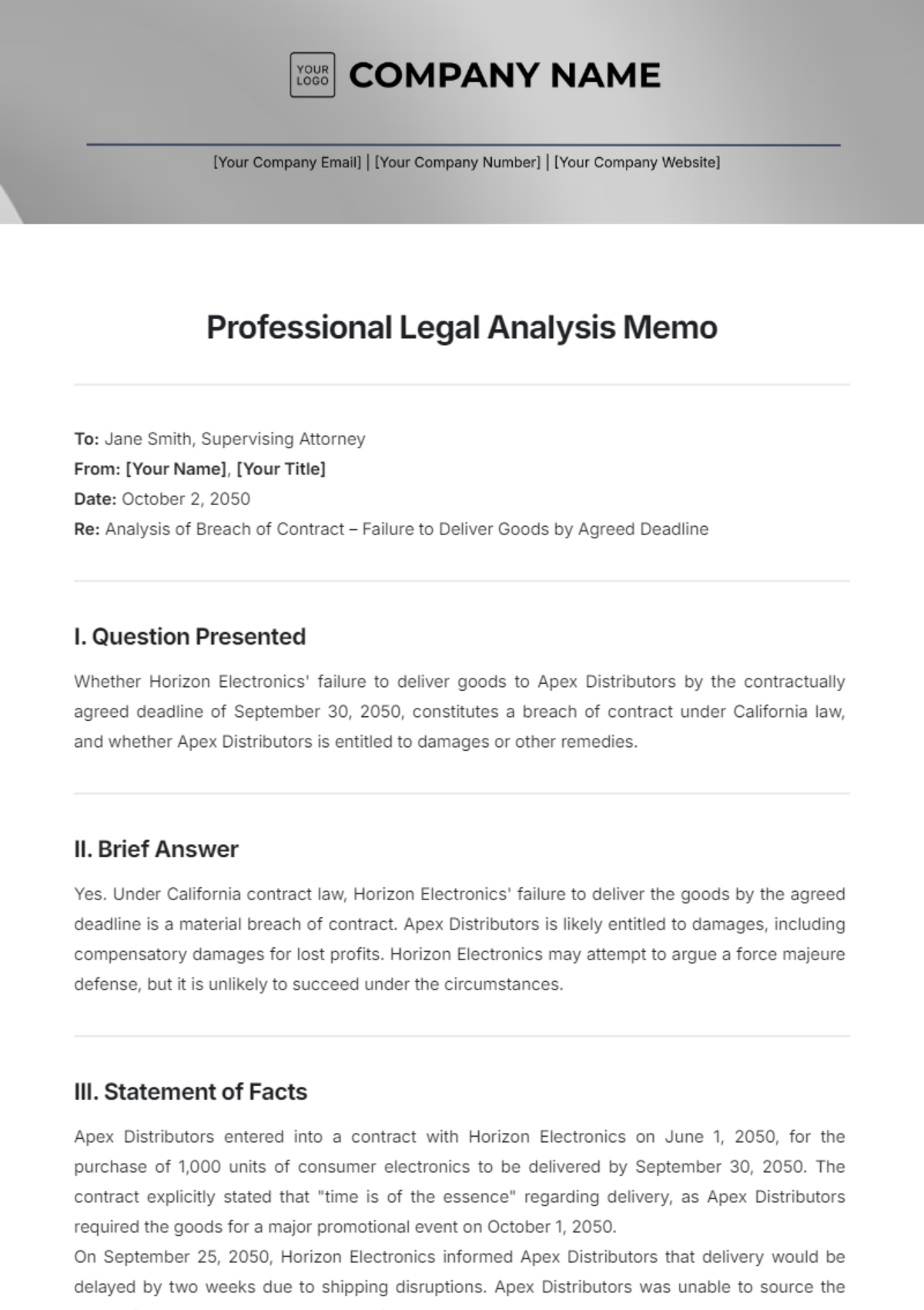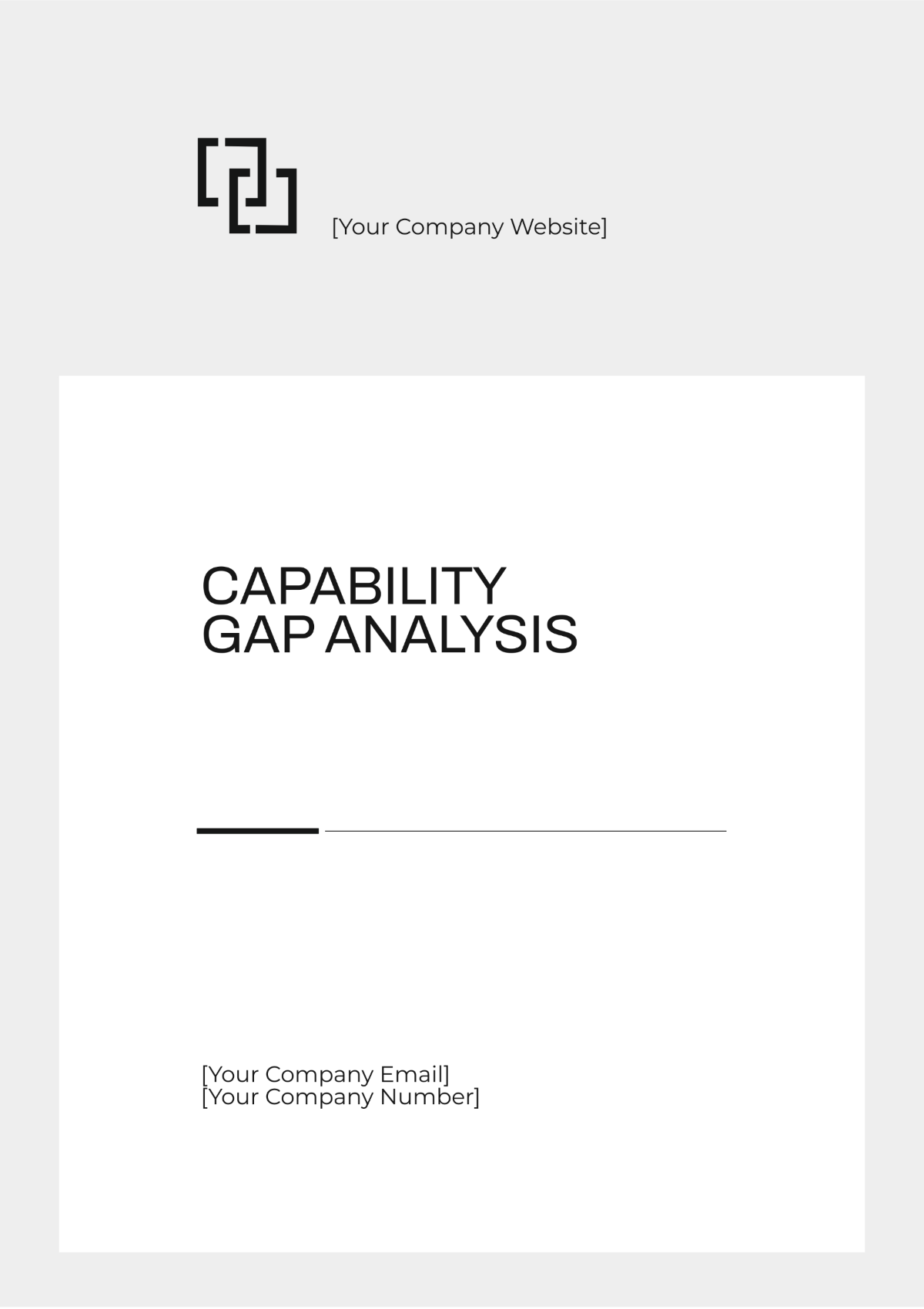Data Analysis Protocol
1. Introduction
Objective: The purpose of this data analysis is to evaluate the impact of a new marketing campaign on customer engagement and sales. We aim to determine whether there is a statistically significant increase in customer interaction and revenue after the campaign's launch.
Background: The data was collected from customer interaction logs and sales records over a six-month period before and after the campaign. Previous studies have shown mixed results regarding the effectiveness of marketing campaigns on customer behavior.
2. Data Description
Data Source: Data was sourced from the company's CRM system and sales database.
The dataset includes:
Customer Interaction Logs: Timestamped records of customer activities on the website, including page views, clicks, and time spent.
Sales Records: Transaction data including date, product ID, quantity sold, and revenue.
Data Structure:
Customer Interaction Logs: 50,000 records with variables: CustomerID, Date, PageViews, Clicks, TimeSpent (minutes).
Sales Records: 30,000 records with variables: TransactionID, Date, ProductID, Quantity, Revenue.
Data Cleaning:
Handle missing data by imputation for interaction logs and exclusion for sales records.
Outliers will be identified using z-scores and addressed accordingly.
Data will be normalized where necessary, particularly in time spent and revenue.
3. Analysis Plan
Descriptive Statistics:
Calculate mean, median, and standard deviation for interaction metrics (PageViews, Clicks, TimeSpent) and sales metrics (Quantity, Revenue).
Use frequency distributions to analyze customer activity patterns.
Inferential Statistics:
Conduct a t-test to compare mean sales before and after the campaign.
Perform regression analysis to assess the relationship between customer interactions and sales revenue.
Use chi-square tests to evaluate any significant changes in categorical variables such as customer segments.
Data Visualization:
Histograms for distribution of page views and time spent.
Scatter plots to show the relationship between customer interactions and sales.
Bar charts comparing average sales before and after the campaign.
Software and Tools:
Data analysis will be performed using R for statistical testing and Python for data manipulation.
Visualizations will be created using Tableau for interactive dashboards and matplotlib for static graphs.
4. Assumptions and Limitations
Assumptions:
Data is normally distributed for t-tests.
Linearity in regression analysis.
Limitations:
Potential bias due to incomplete customer logs.
Generalizability may be limited to similar marketing campaigns and customer demographics.
5. Ethical Considerations
Data Privacy: All customer data will be anonymized before analysis to ensure privacy. Sensitive information such as customer names and contact details will be removed.
Informed Consent: Participants provided consent for their data to be used for analysis as per the company’s privacy policy.
6. Quality Assurance
Validation: Perform cross-validation of regression models to assess accuracy and robustness.
Reproducibility: All analysis code will be documented and stored in a version-controlled repository (GitHub) to ensure reproducibility.
7. Reporting
Format: Results will be presented in a comprehensive business report, including an executive summary, detailed analysis, and visualizations.
Interpretation: Results will be interpreted in the context of campaign effectiveness and recommendations will be provided based on statistical findings.
Visualizations: Visualizations will be integrated into the final report to illustrate key findings and trends.
8. Timeline
Data Cleaning and Preparation: August 1 - August 15, 2050
Descriptive and Inferential Analysis: August 16 - August 31, 2050
Visualization and Reporting: September 1 - September 10, 2050
Review and Finalization: September 11 - September 15, 2050
9. References
Smith, J. (2048). Impact of Marketing Campaigns on Customer Behavior. Marketing Journal.
Doe, A., & Lee, B. (2049). Statistical Methods for Business Analysis. Business Analytics Press.
